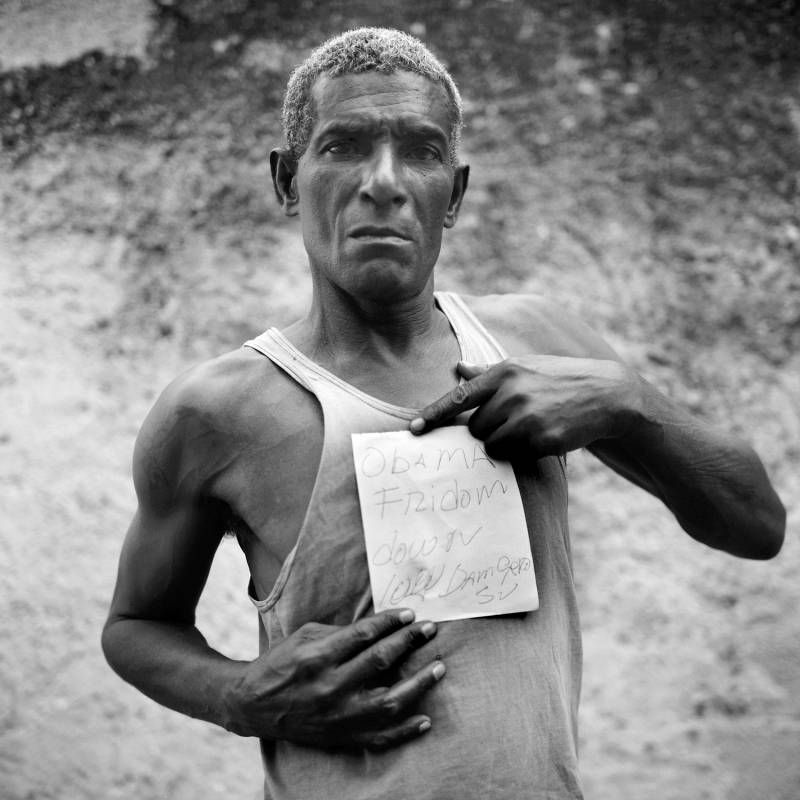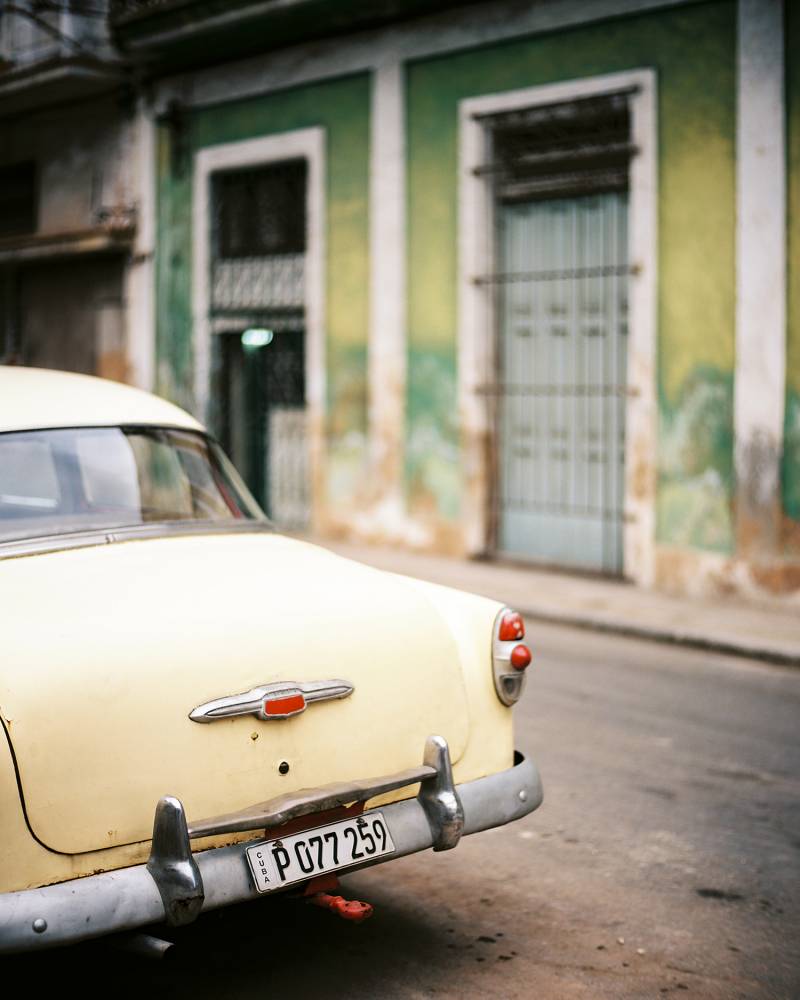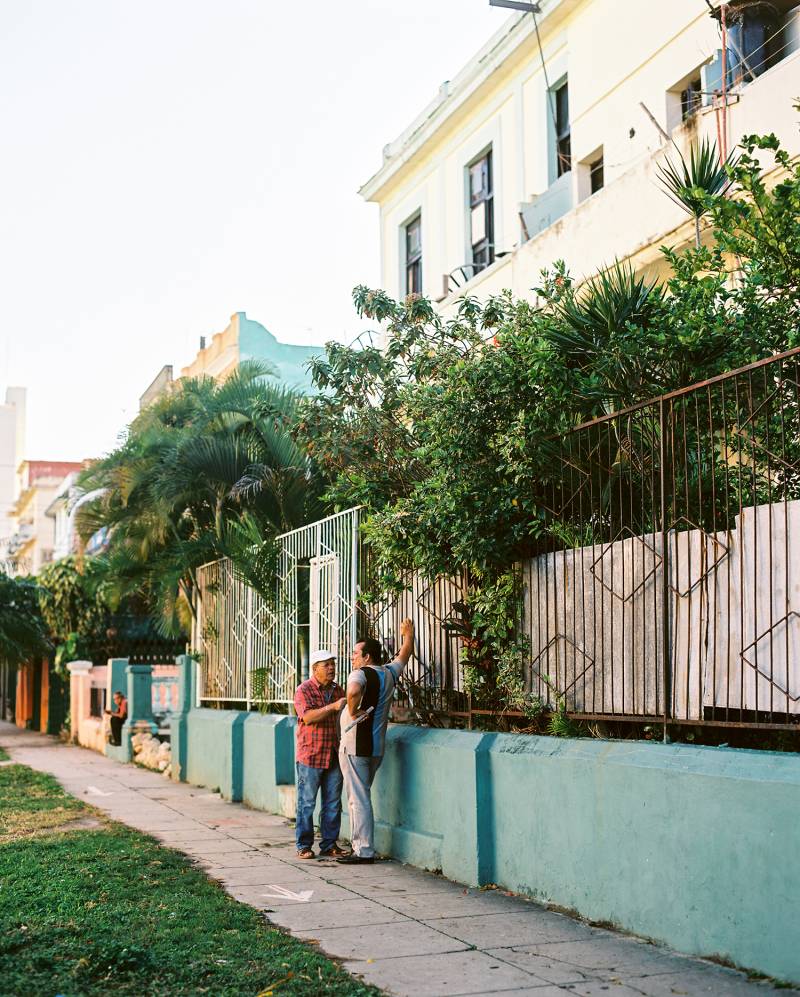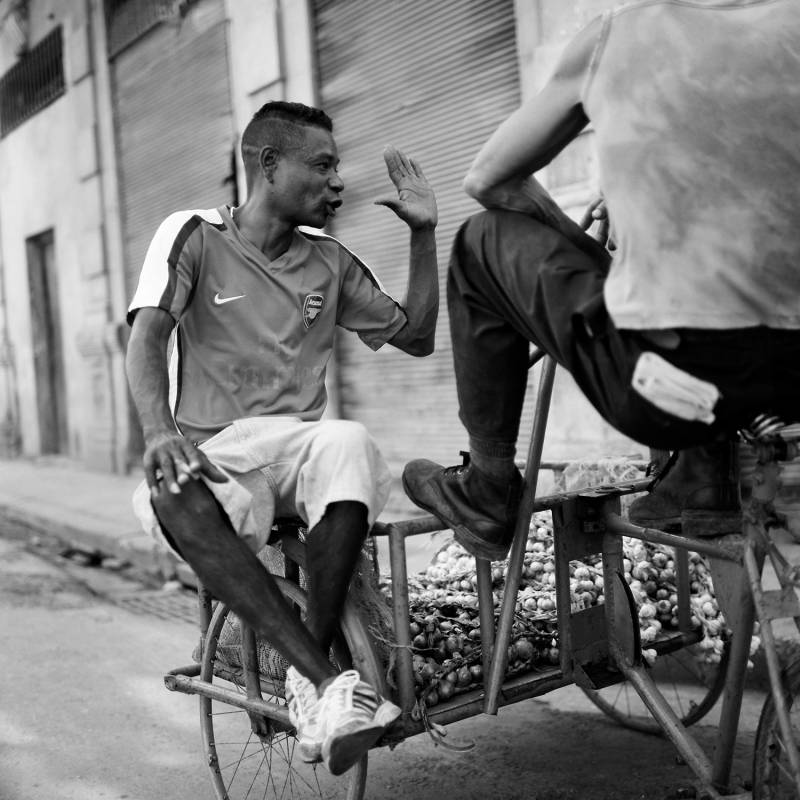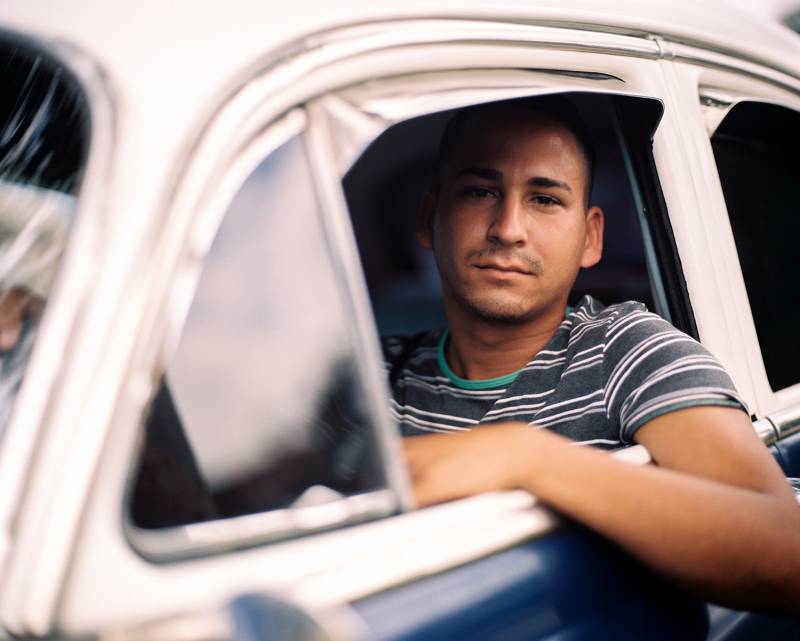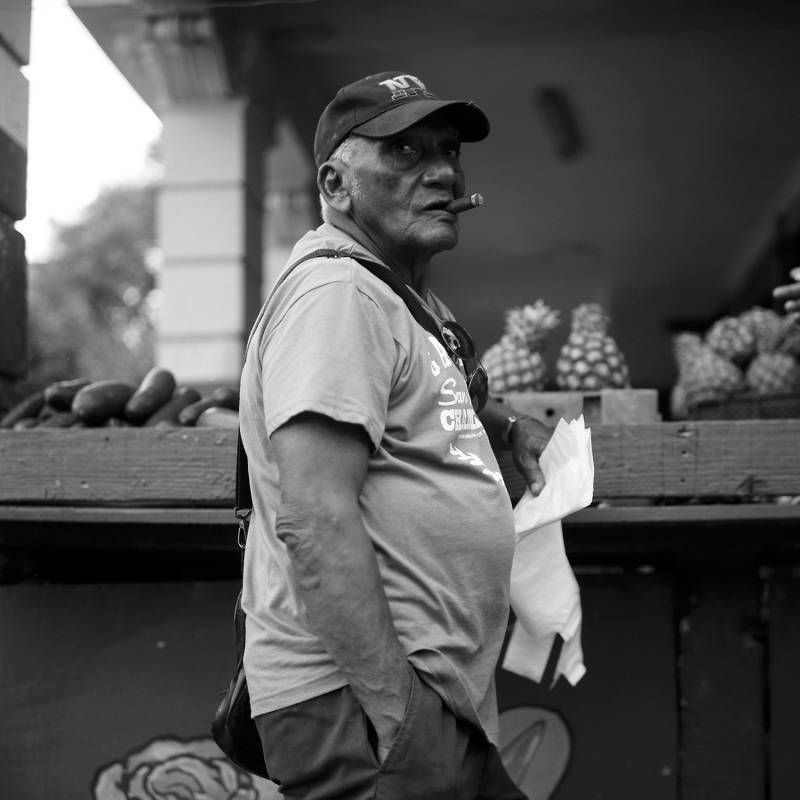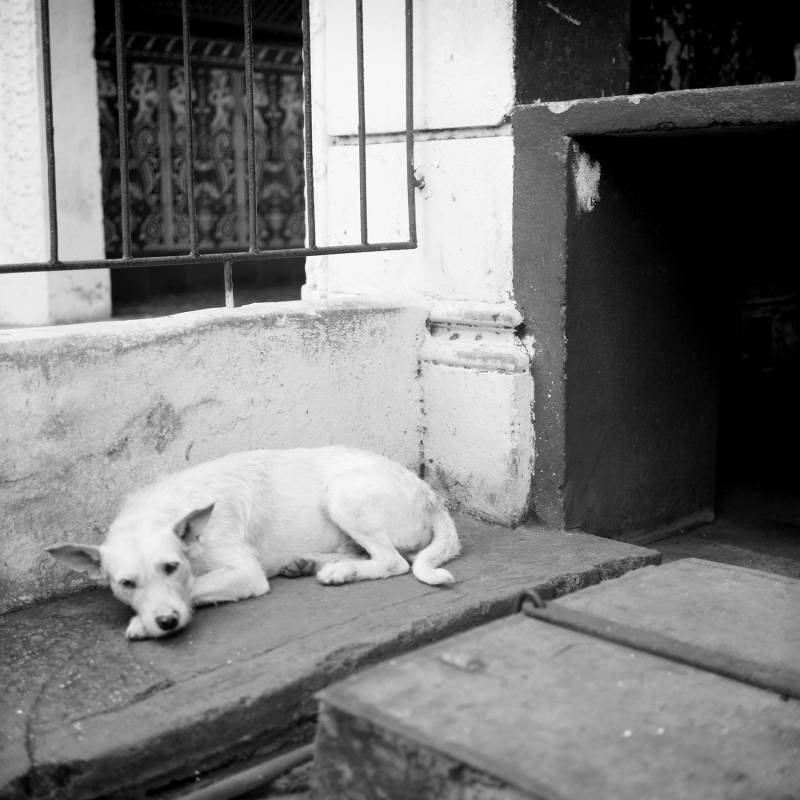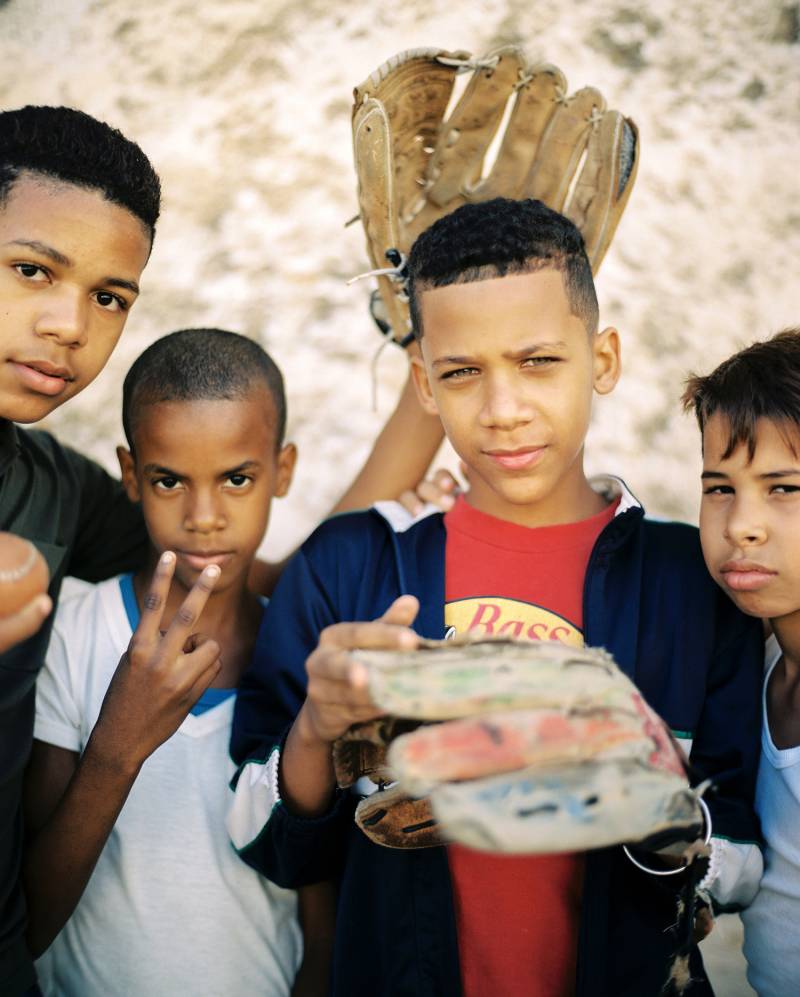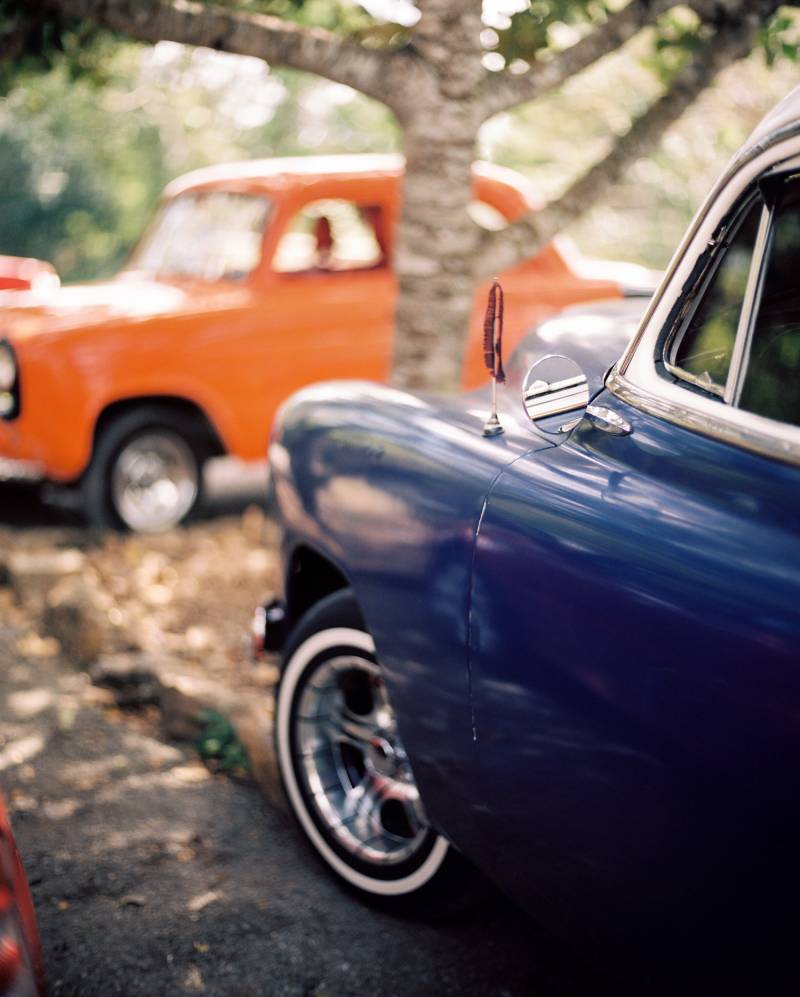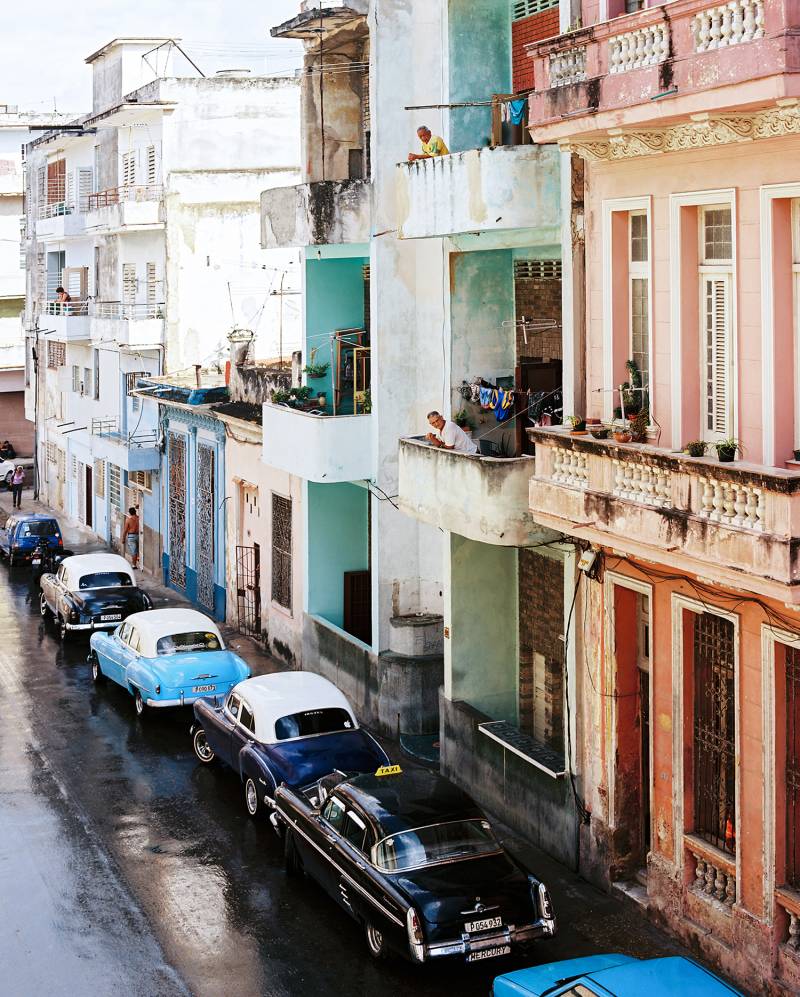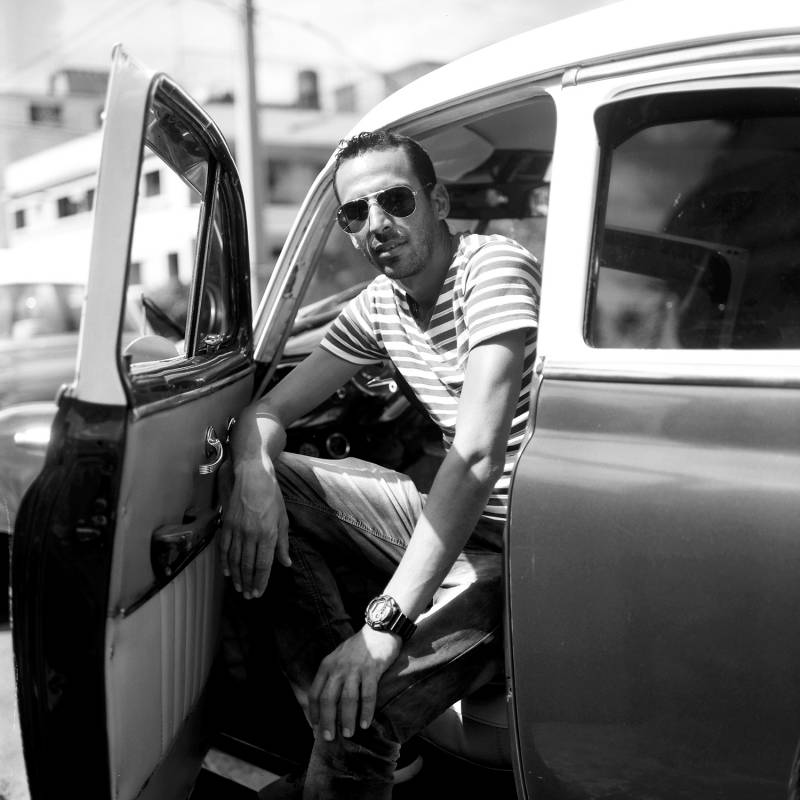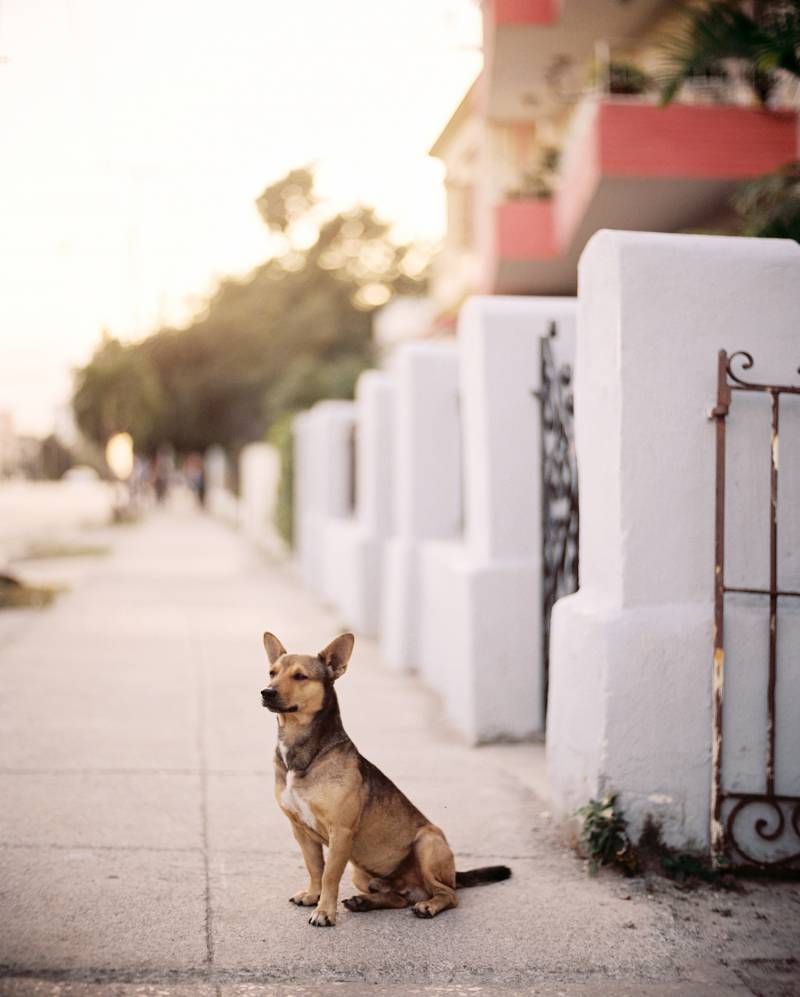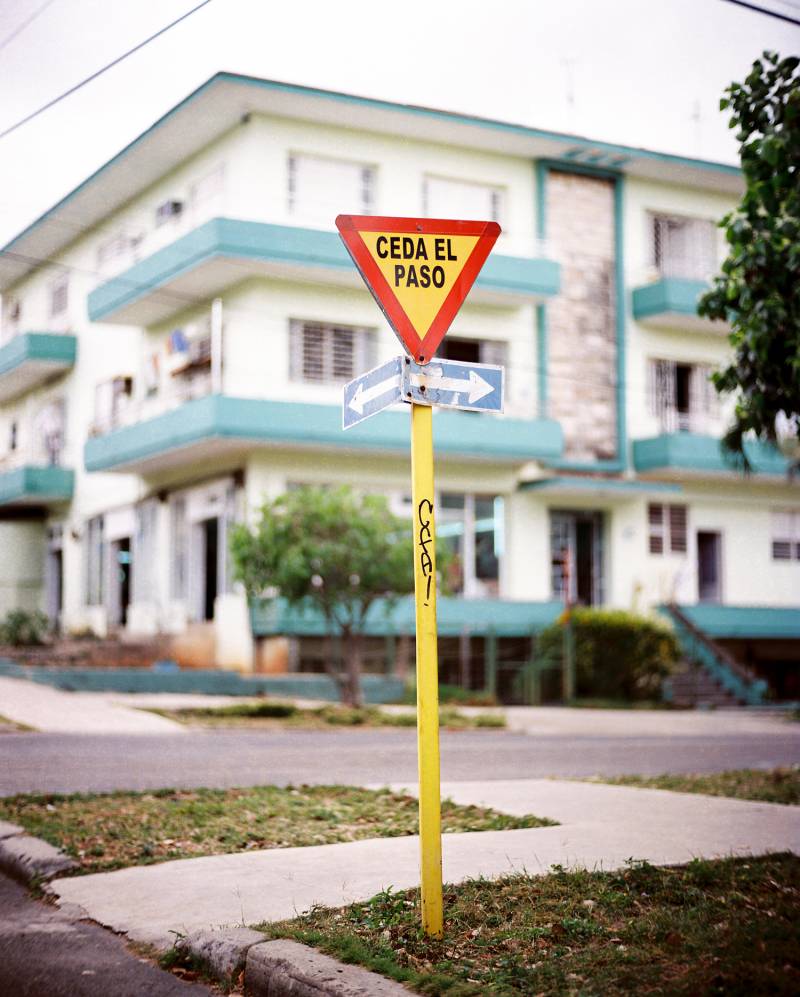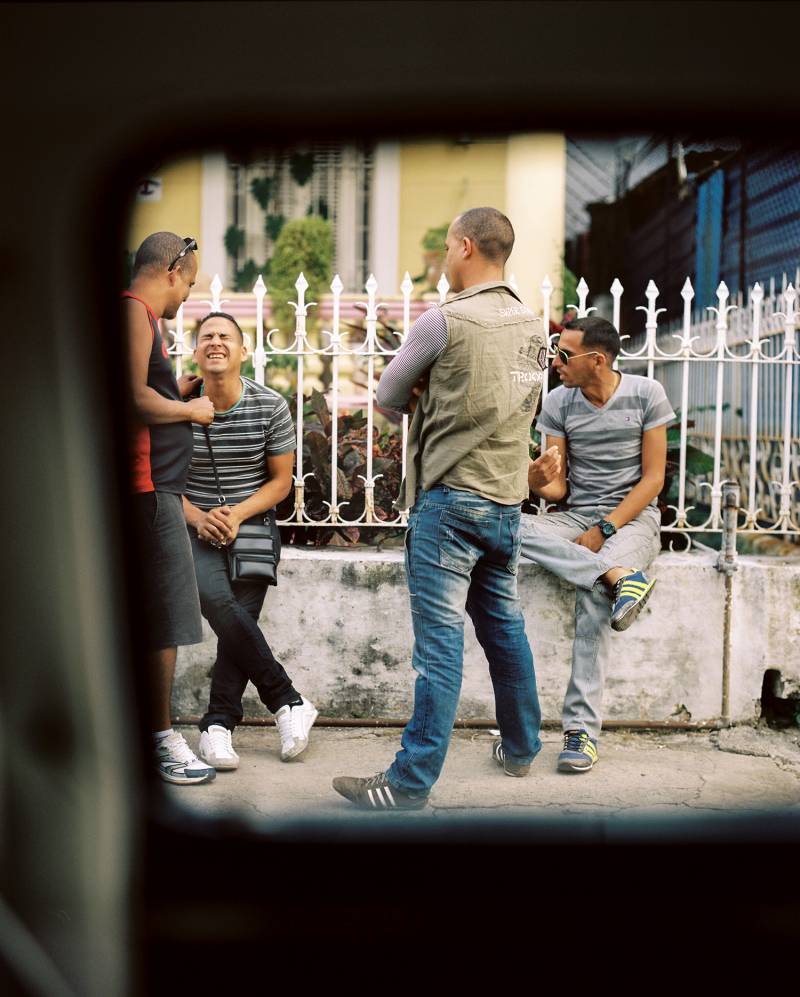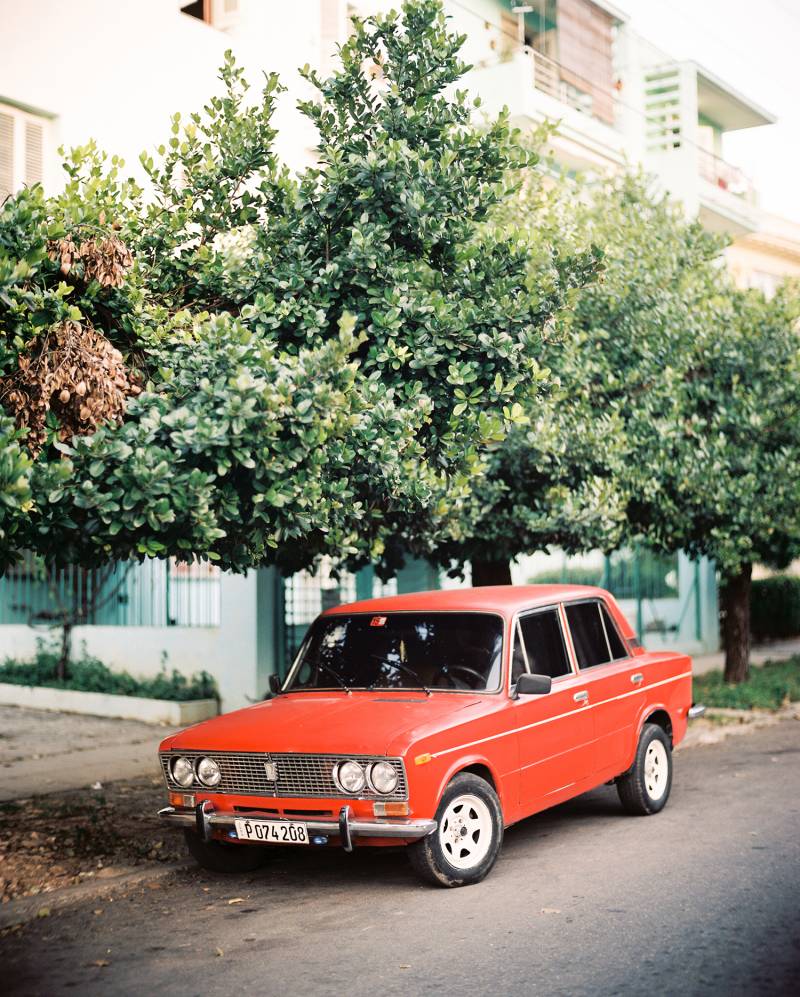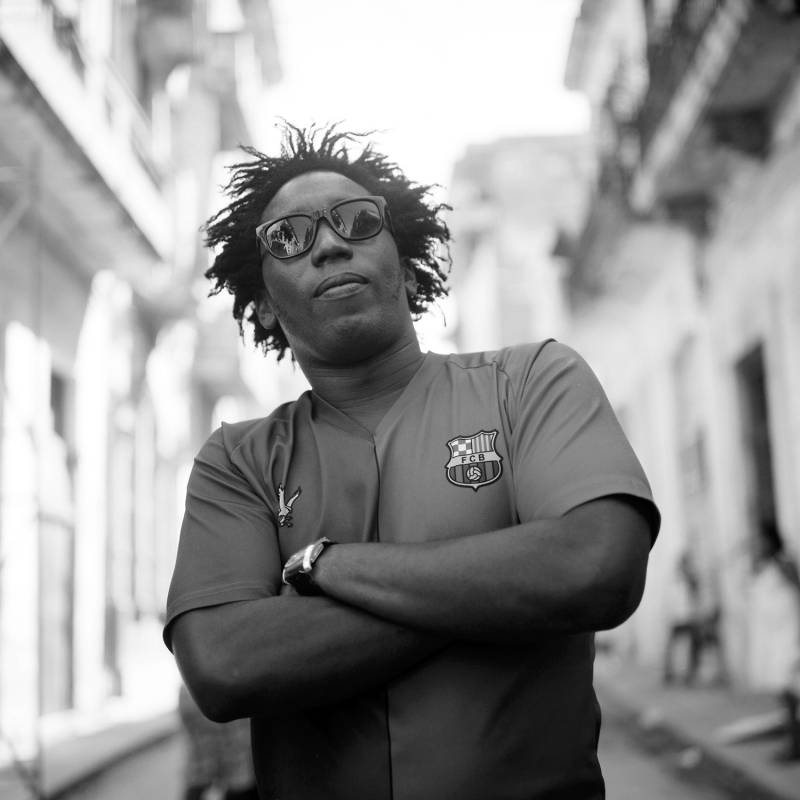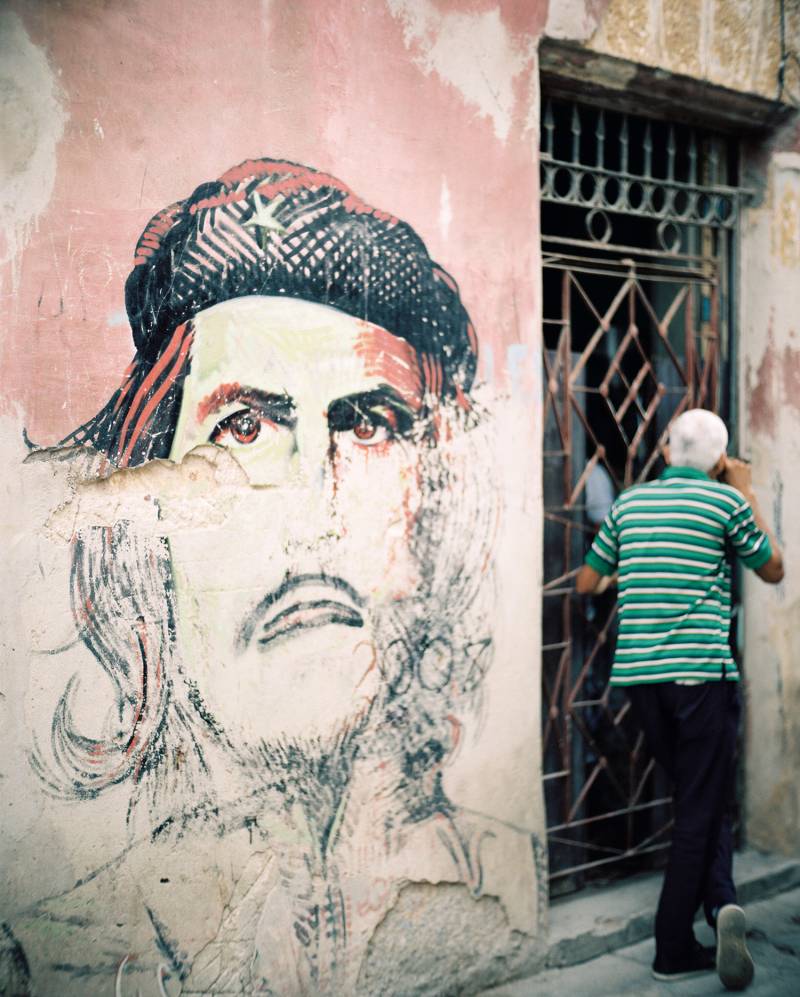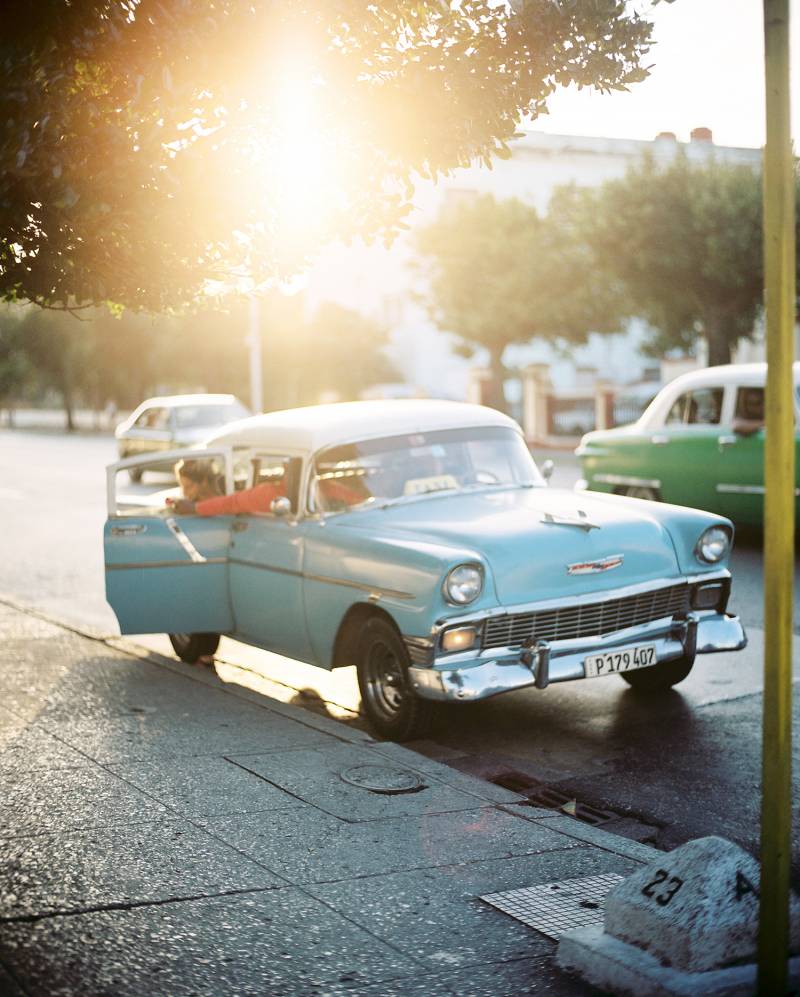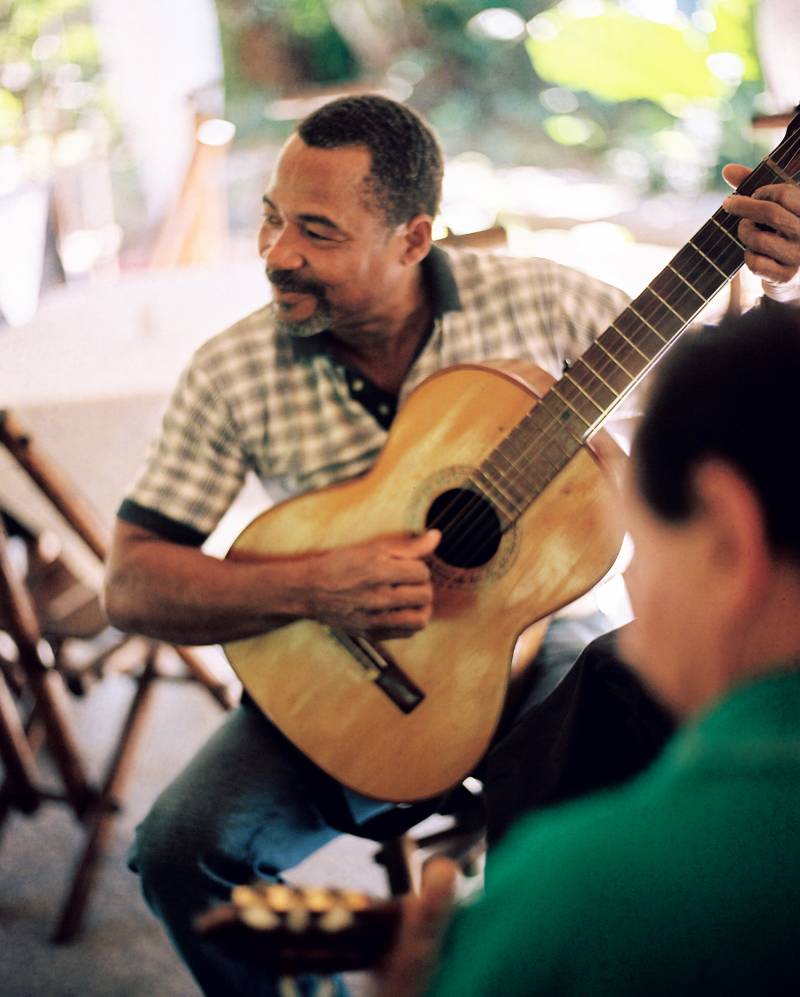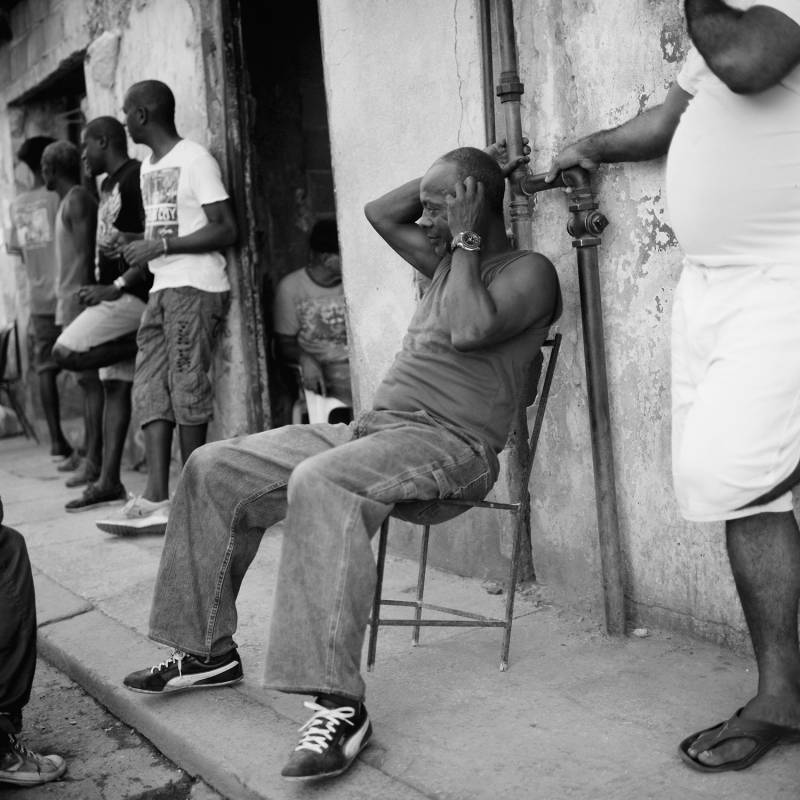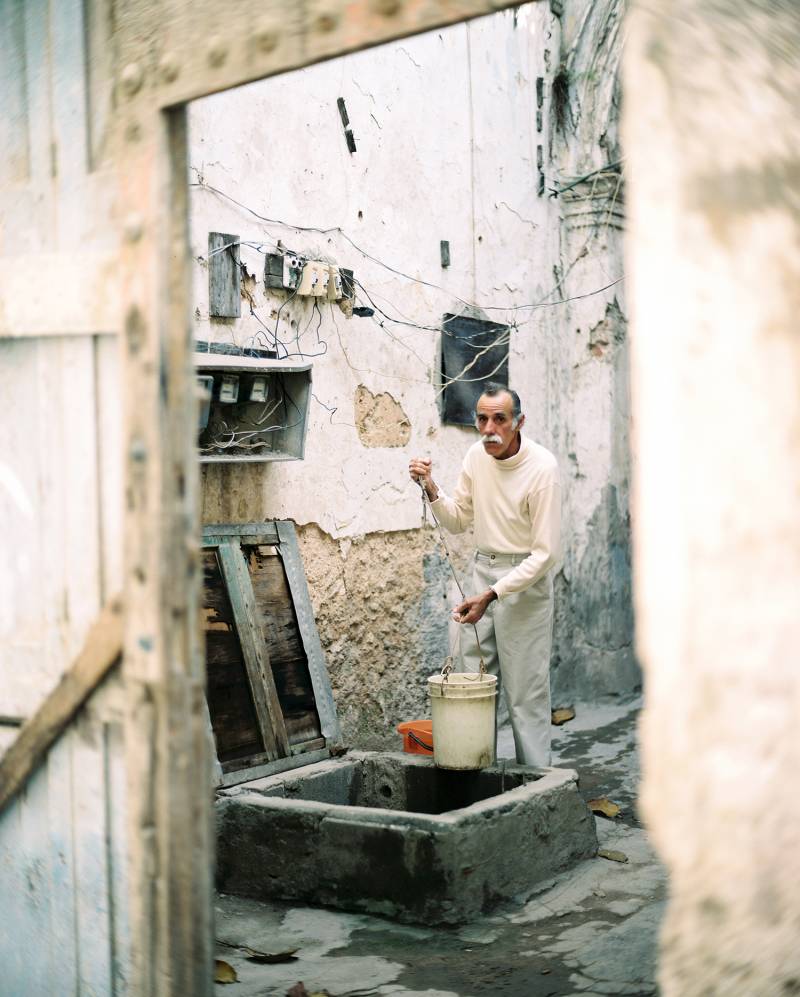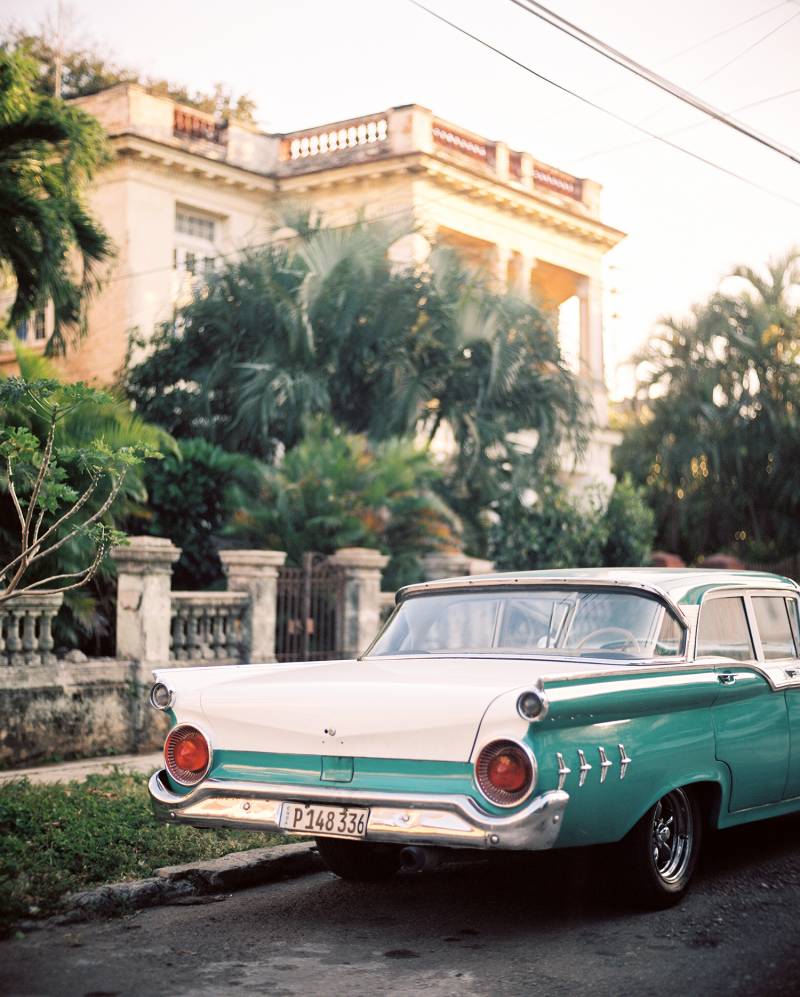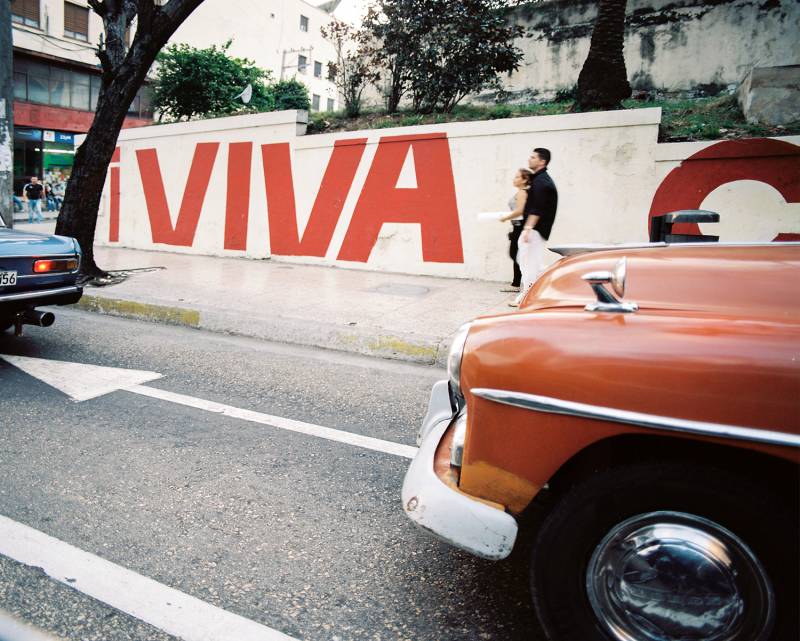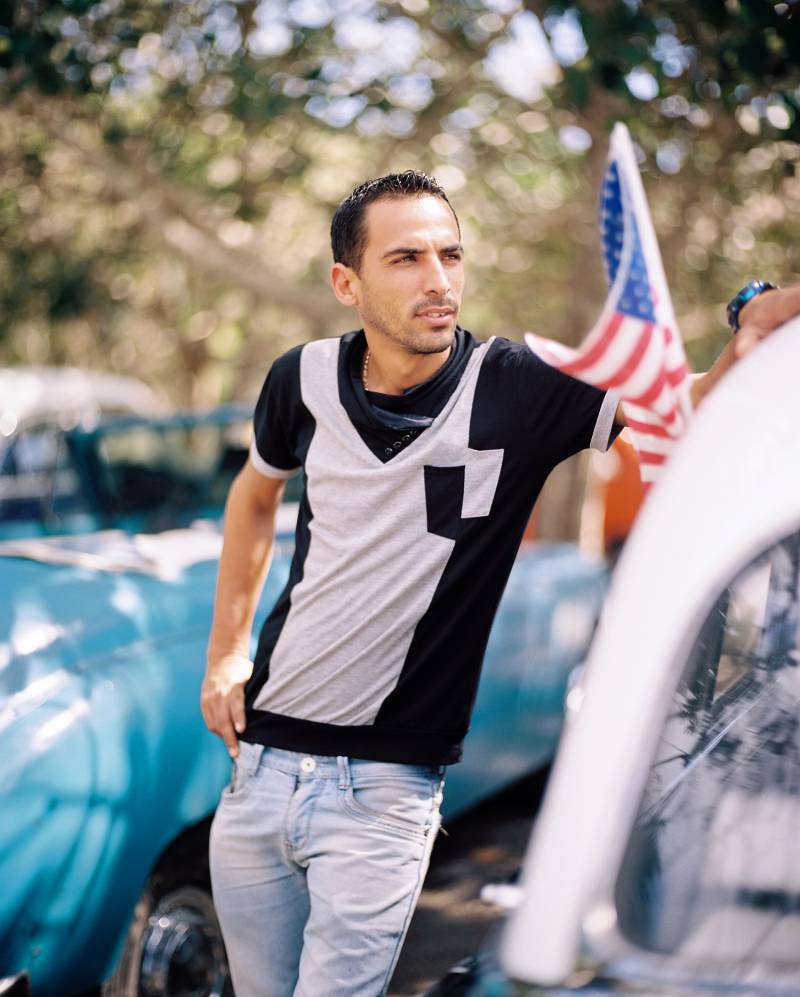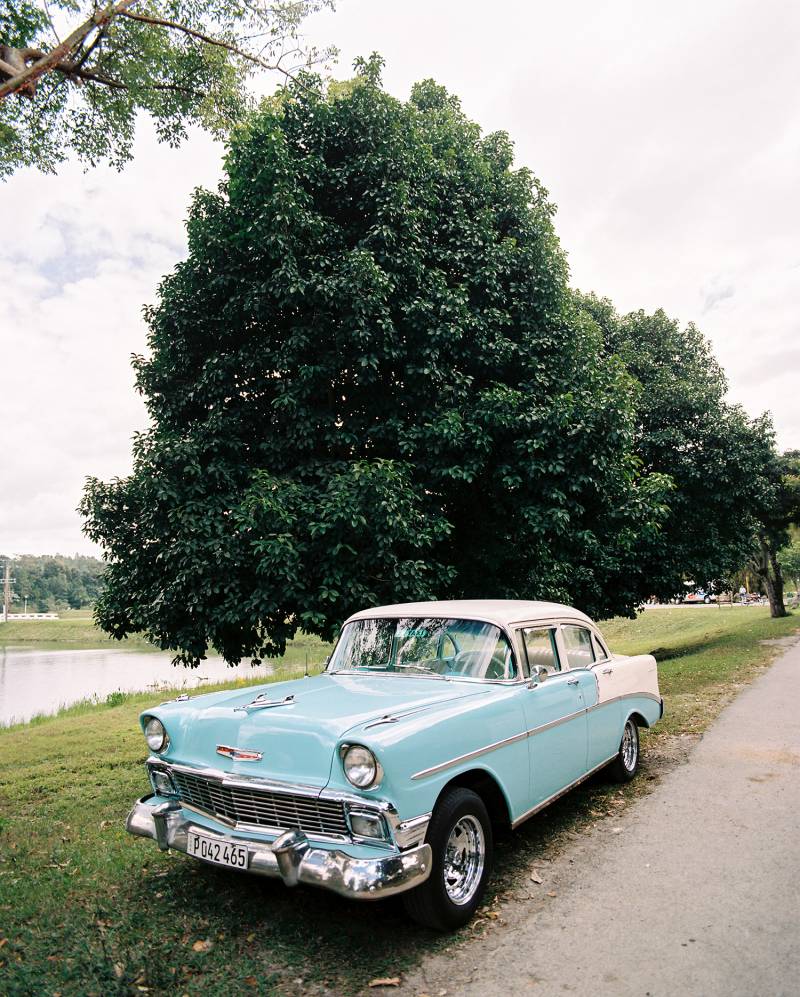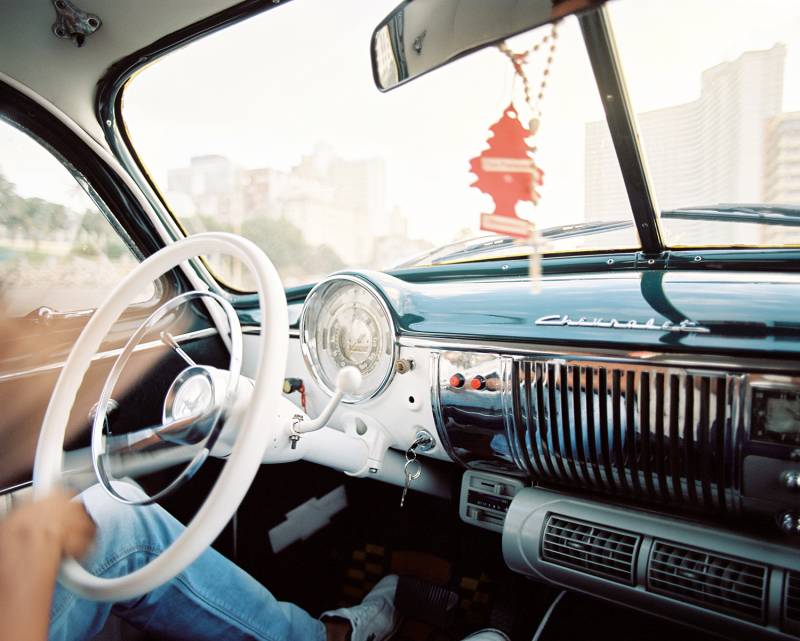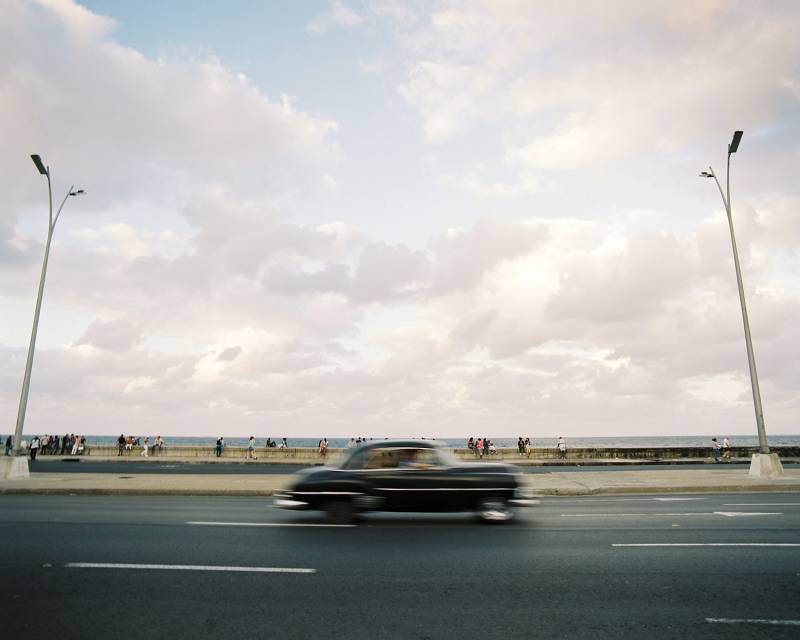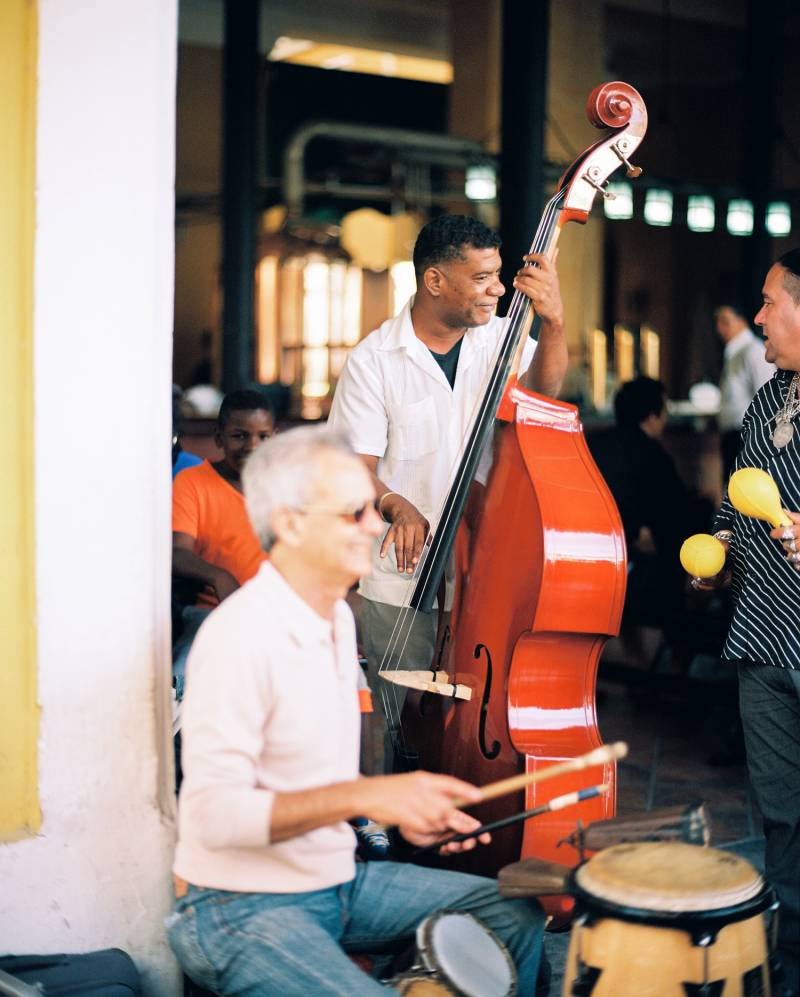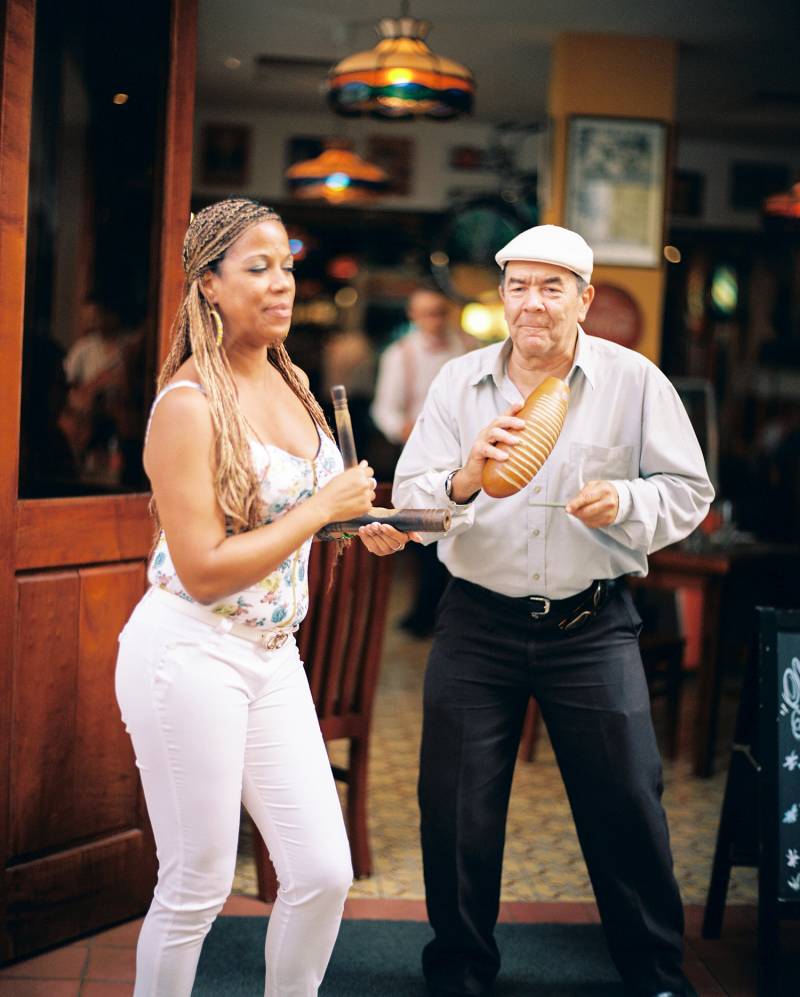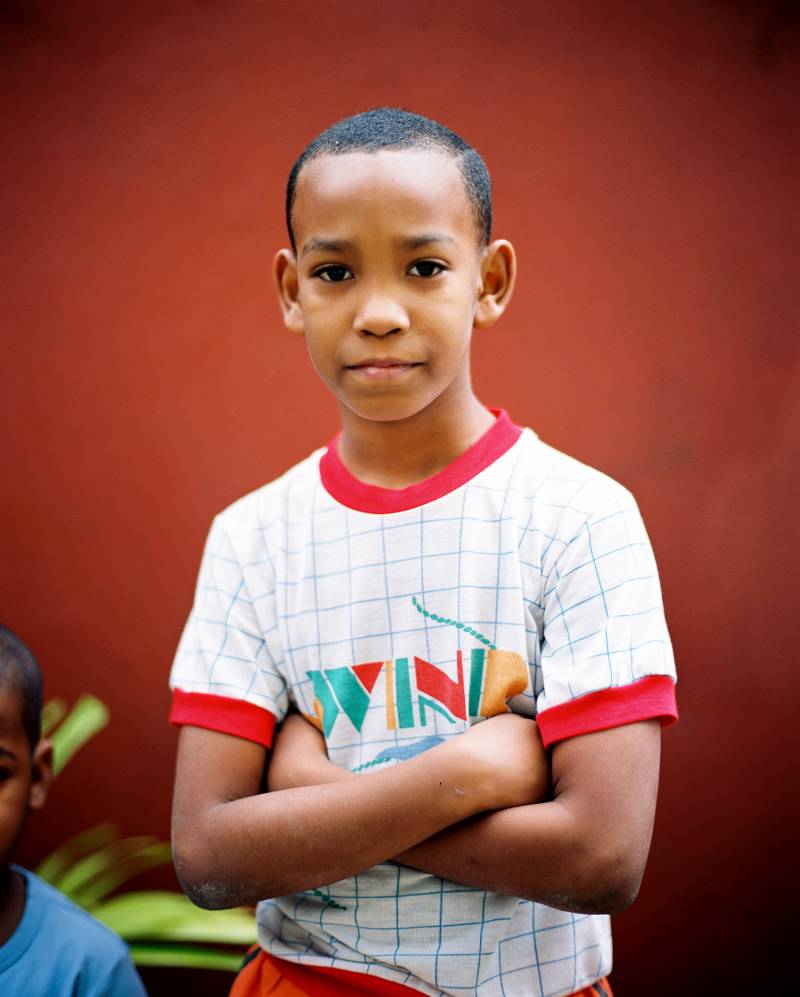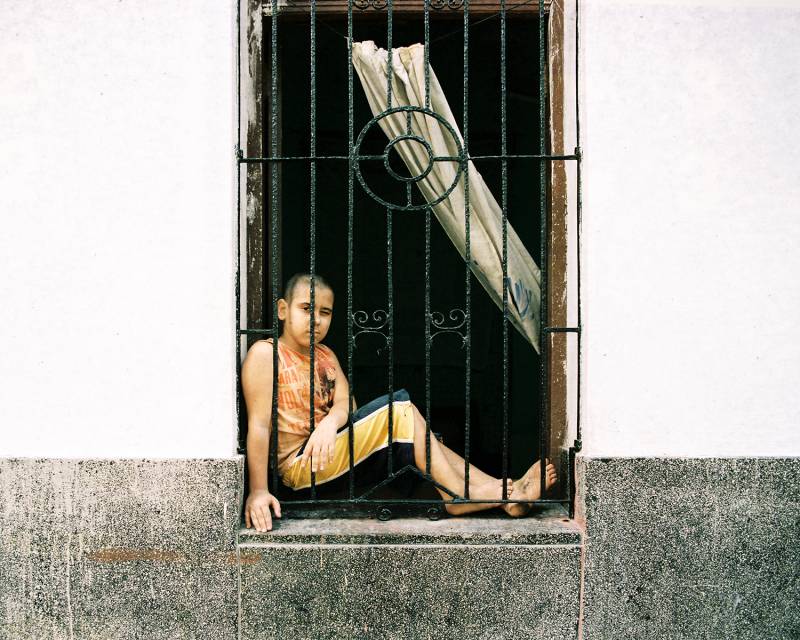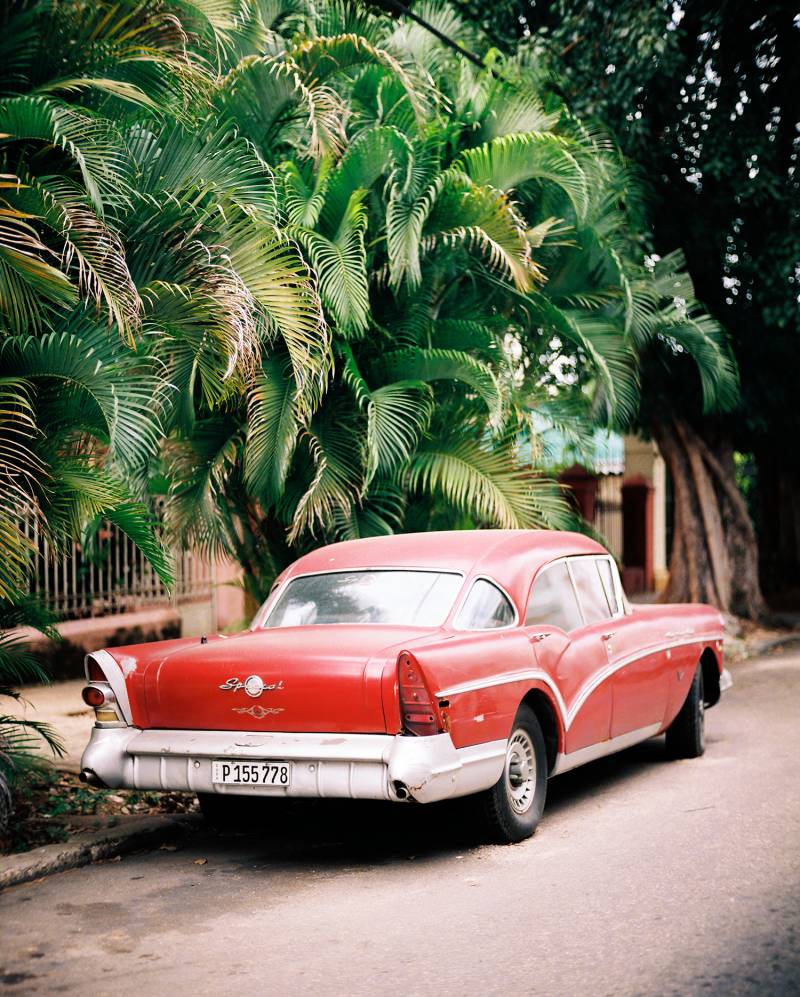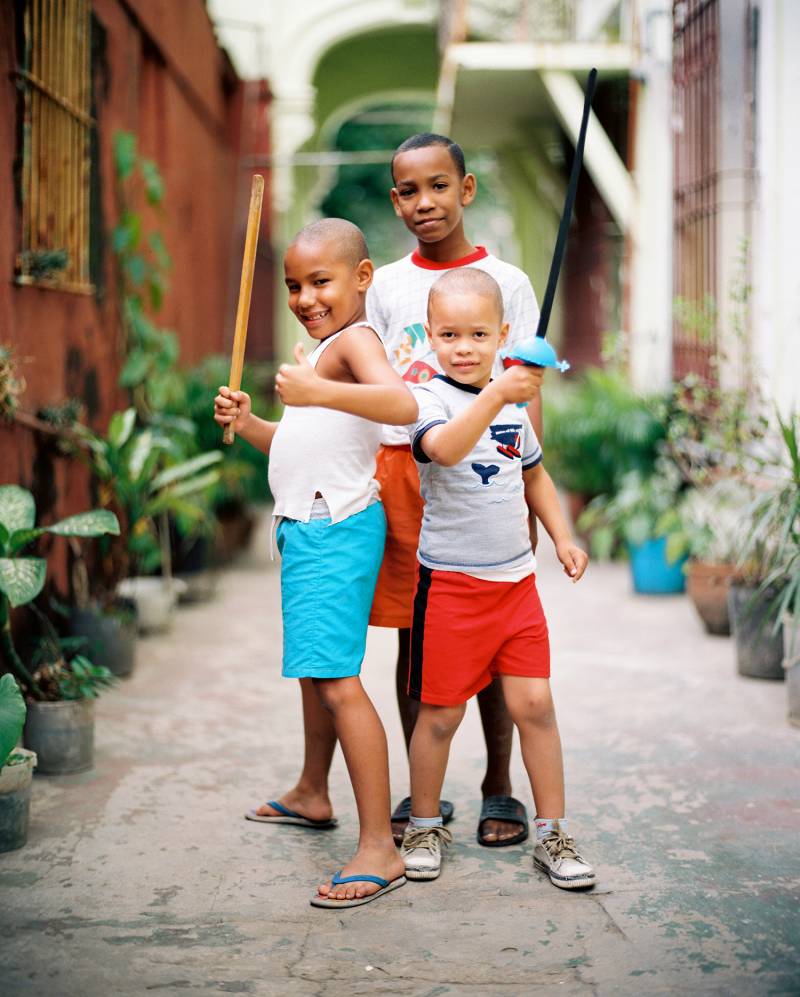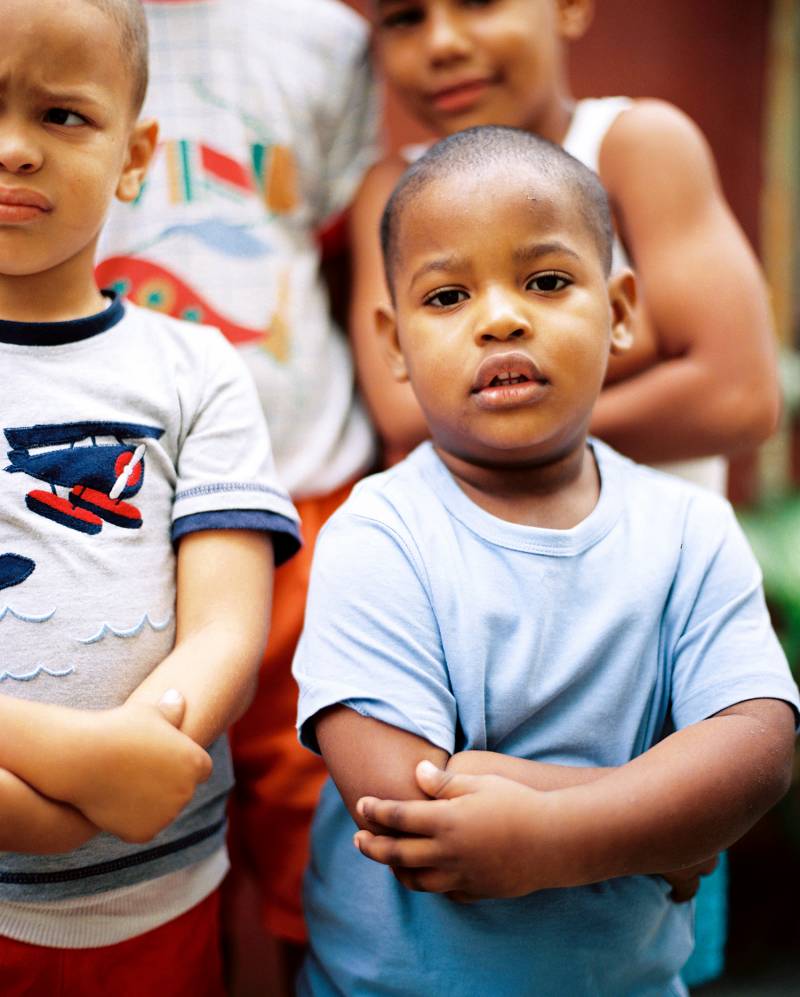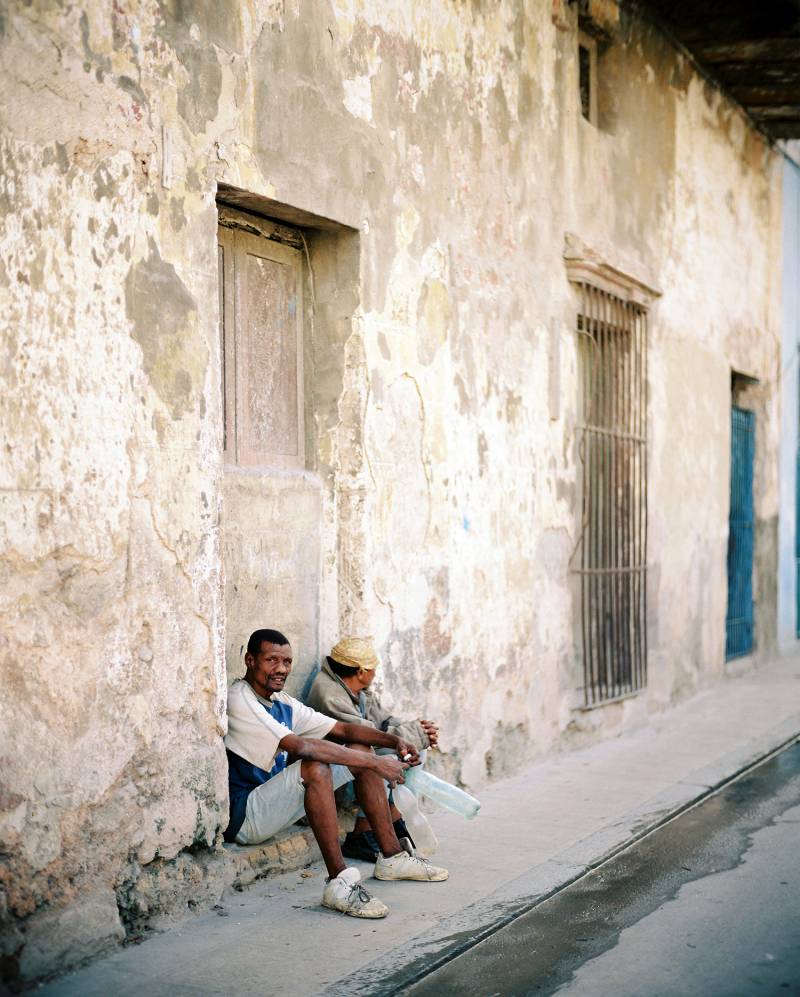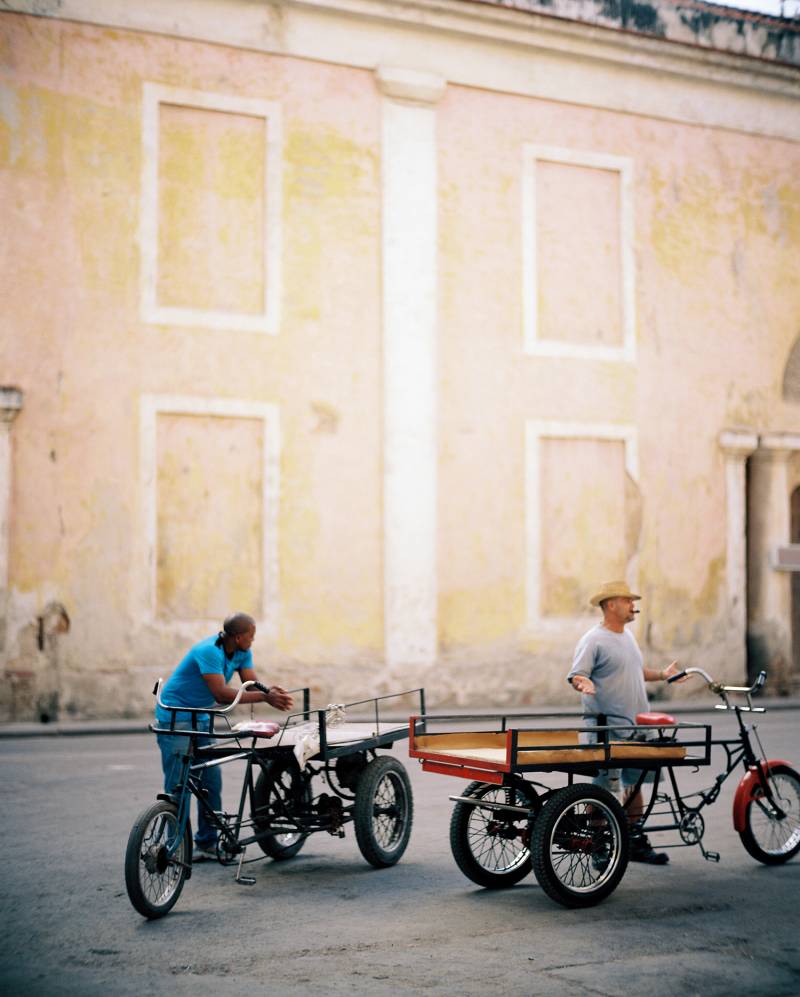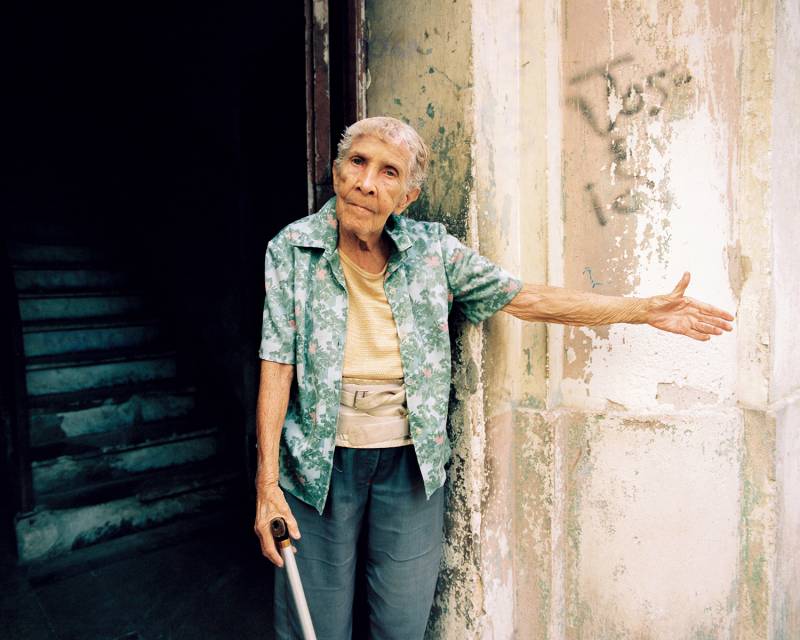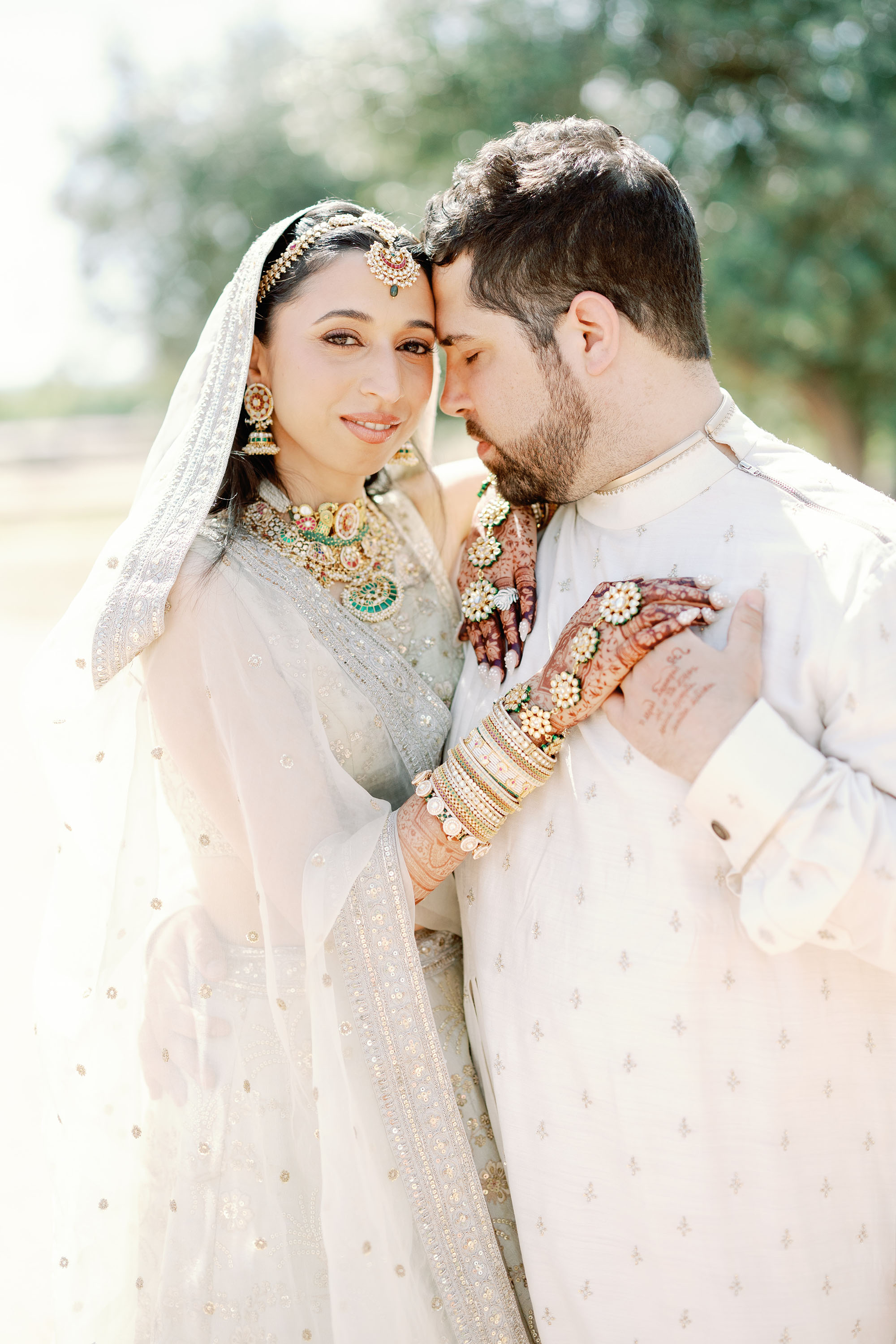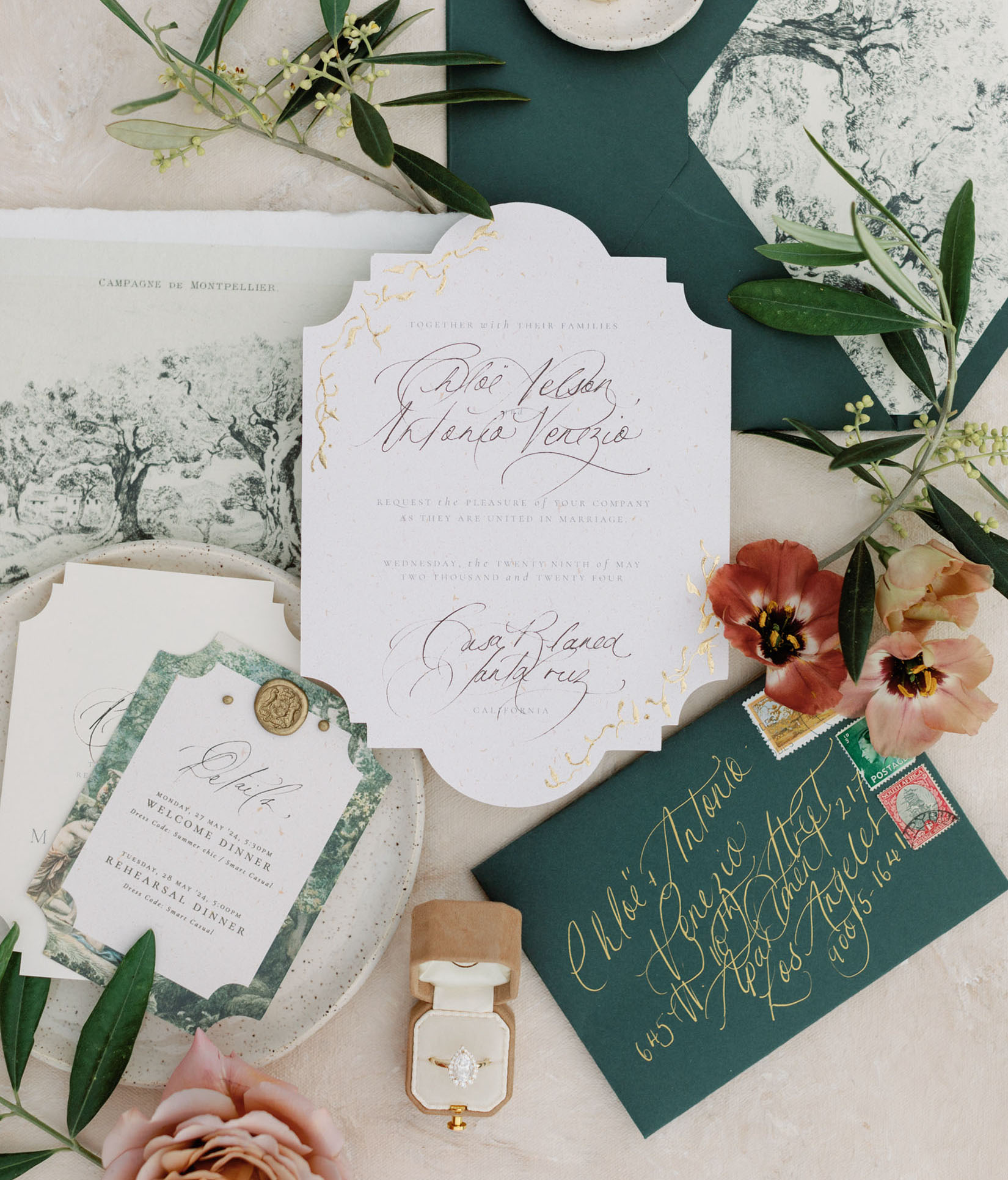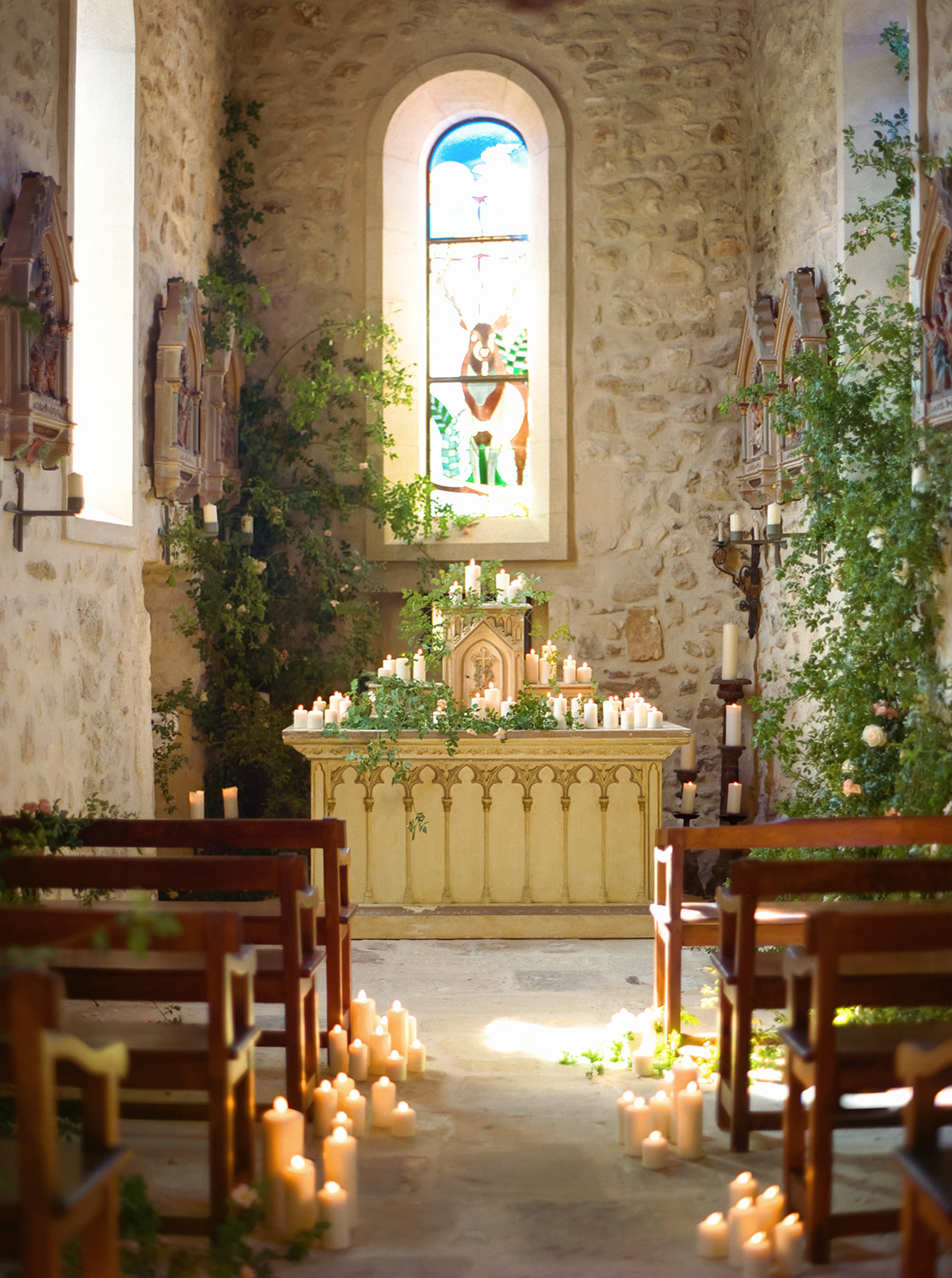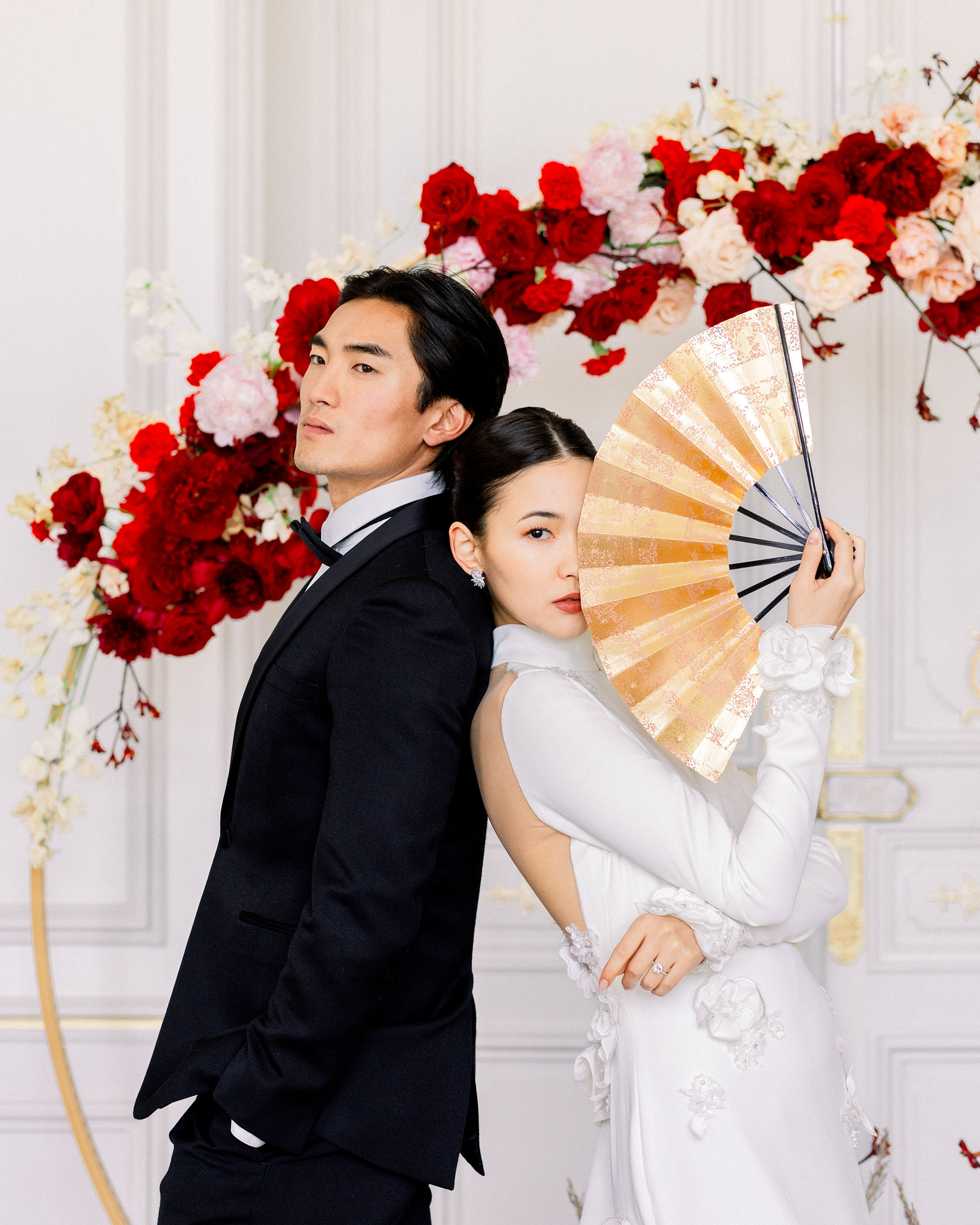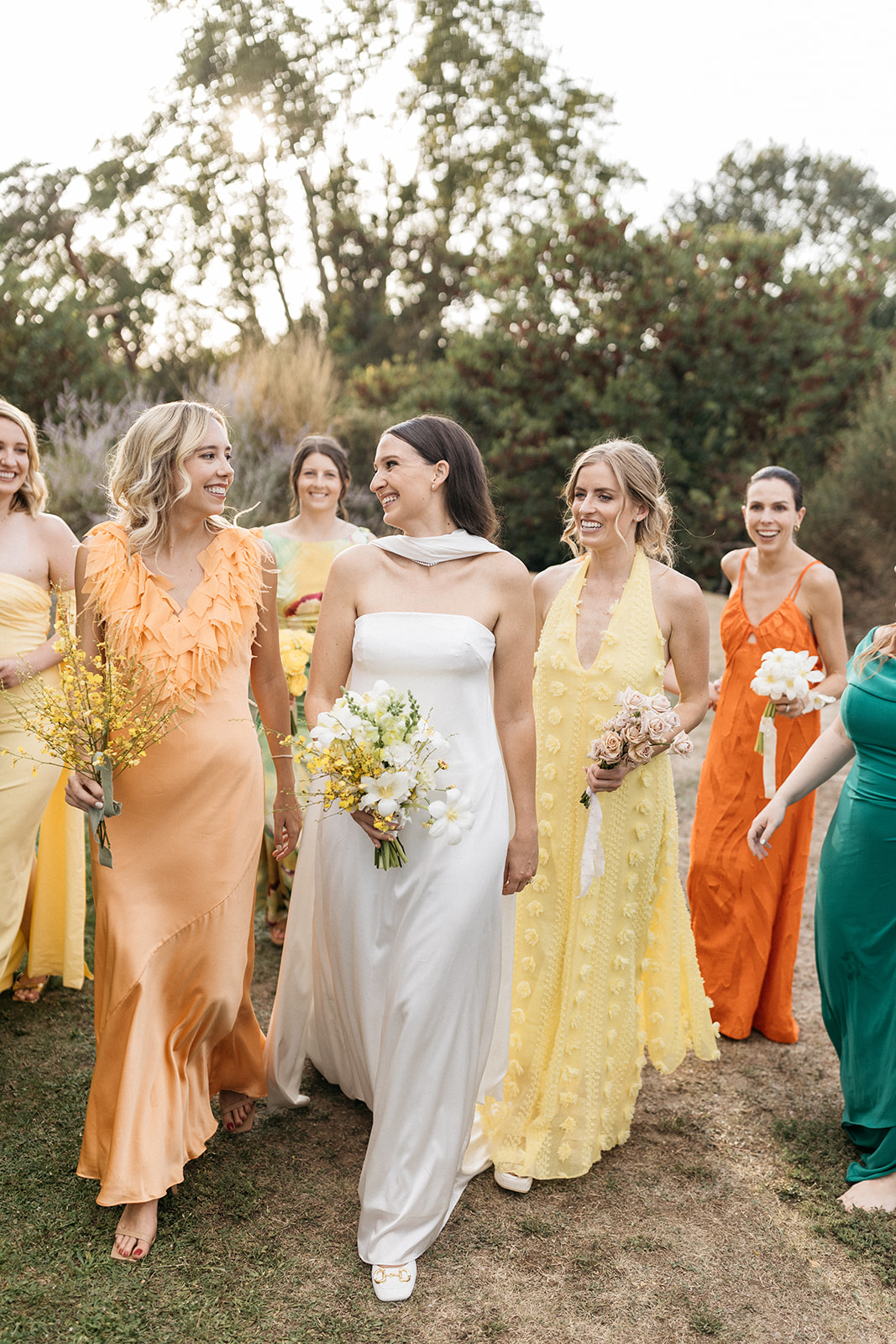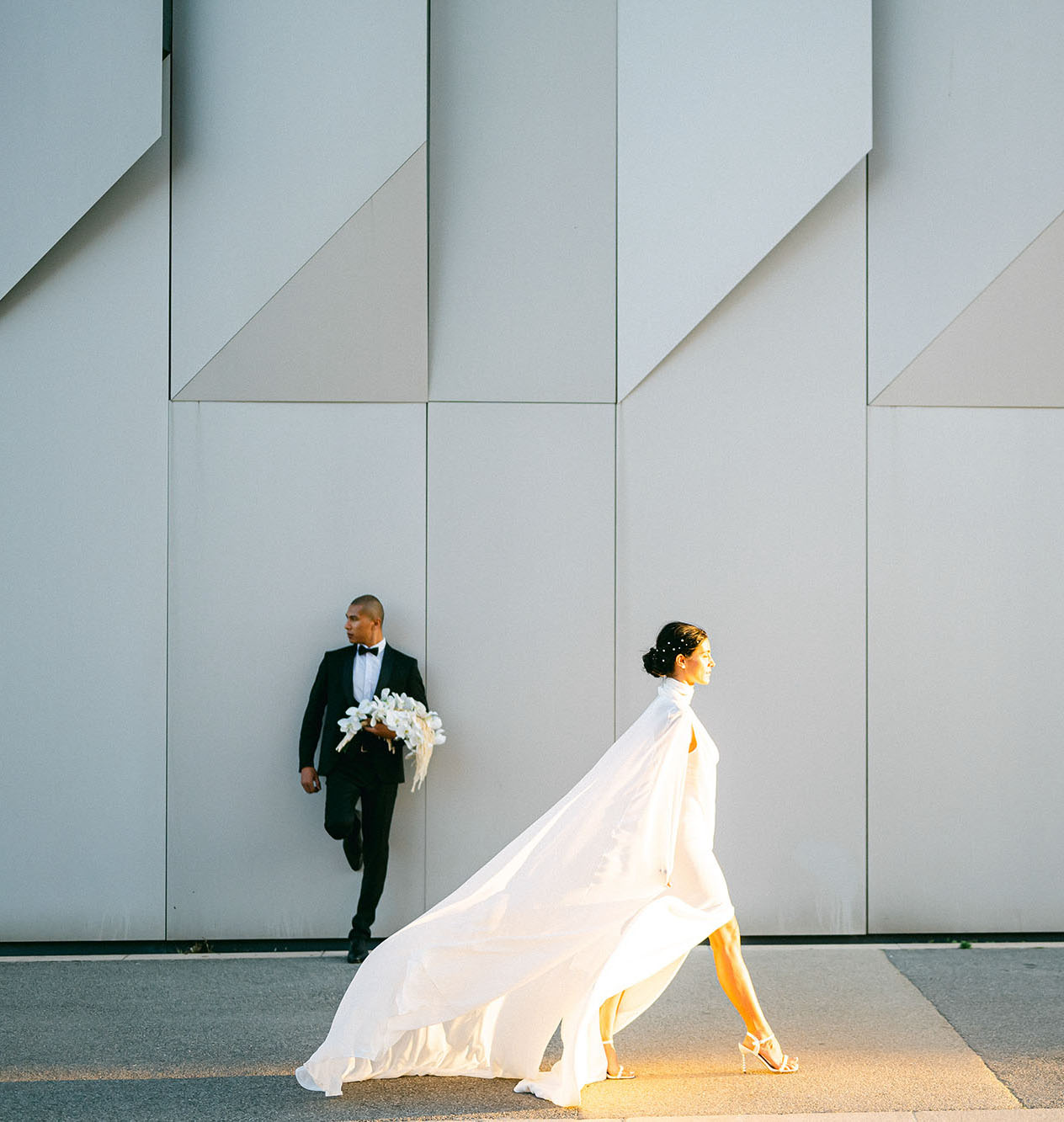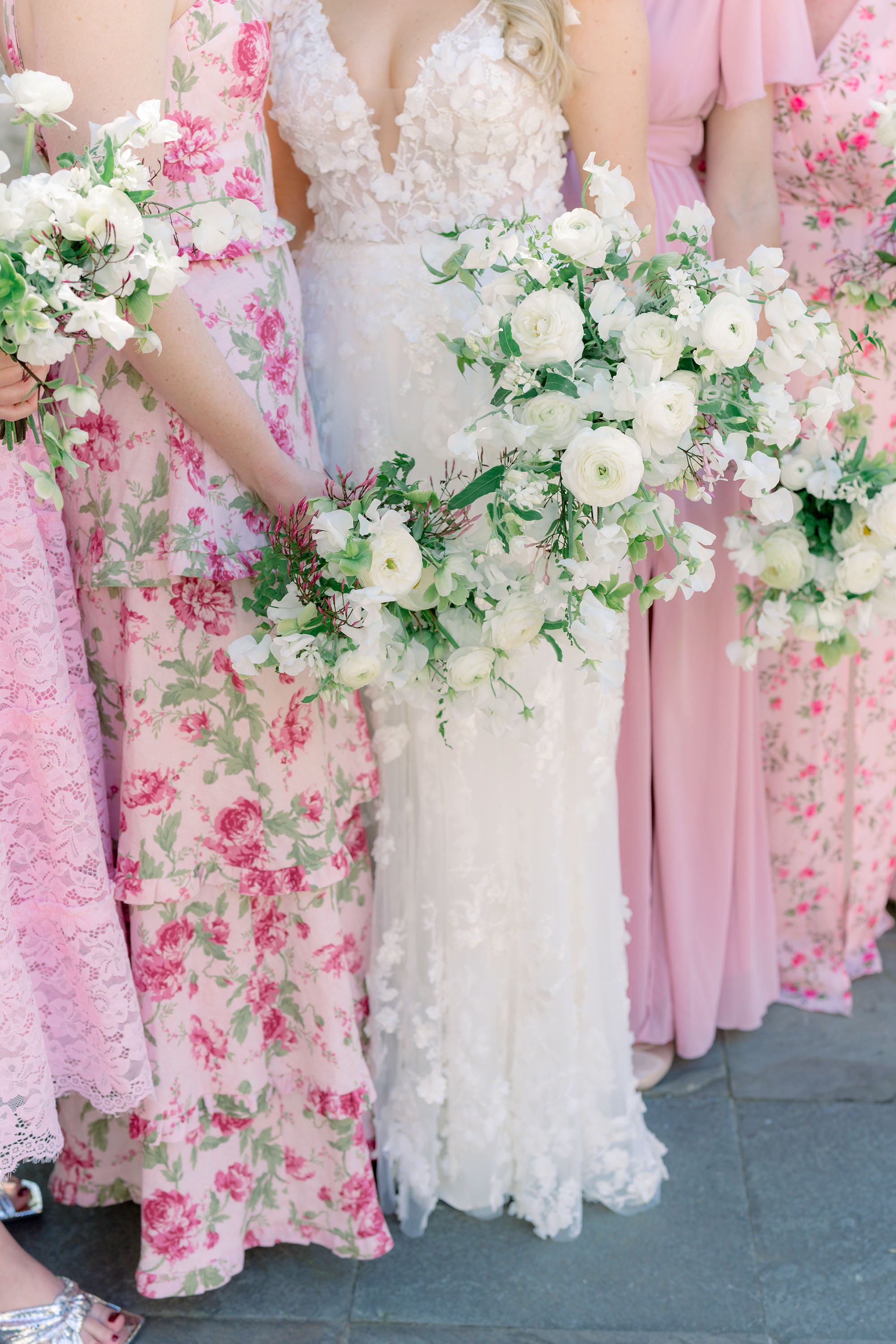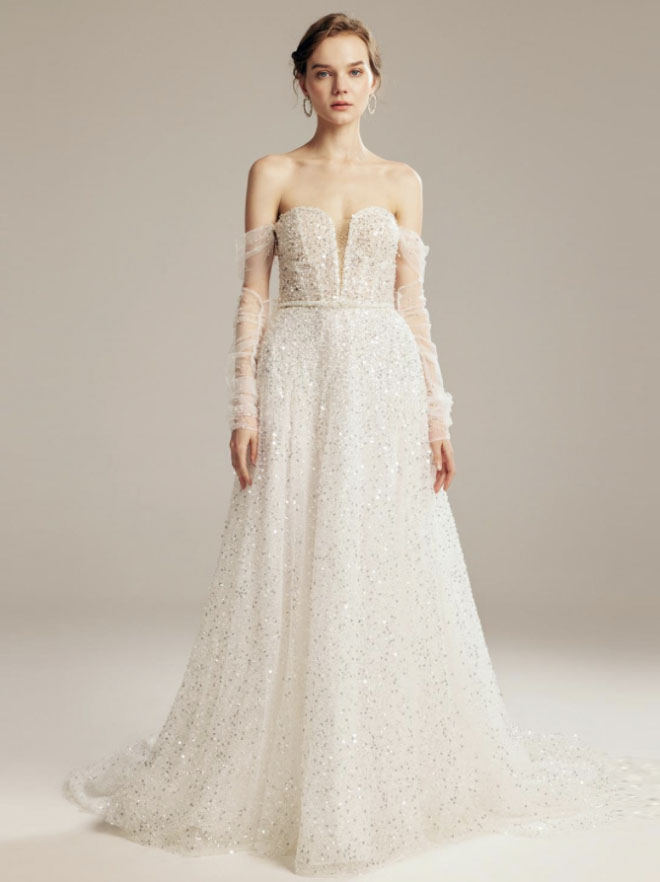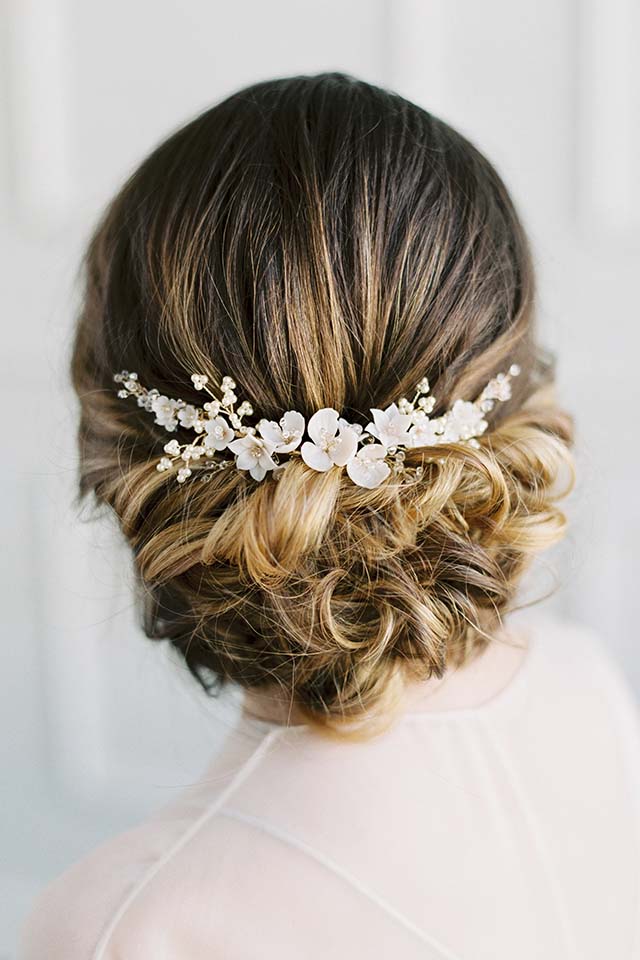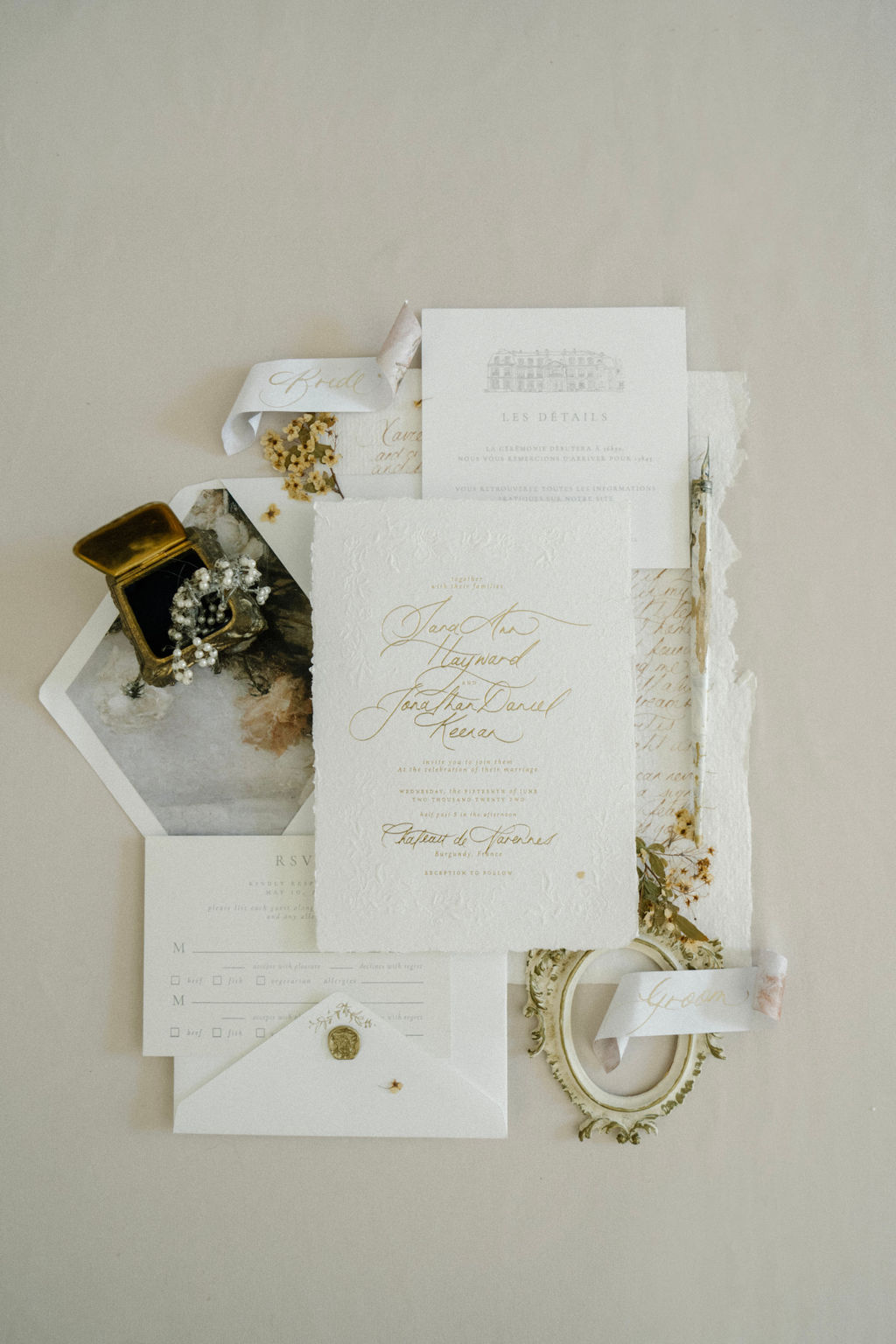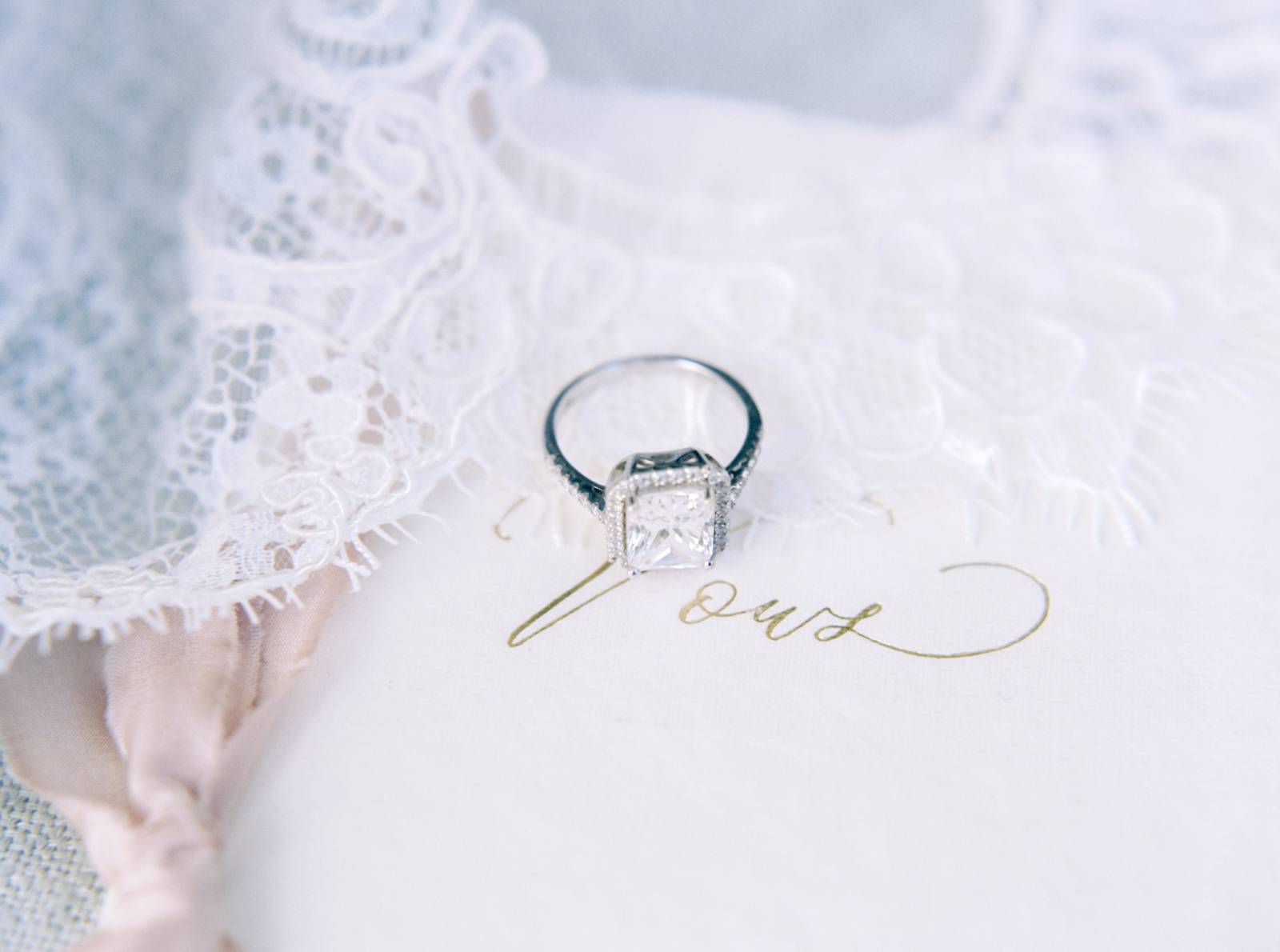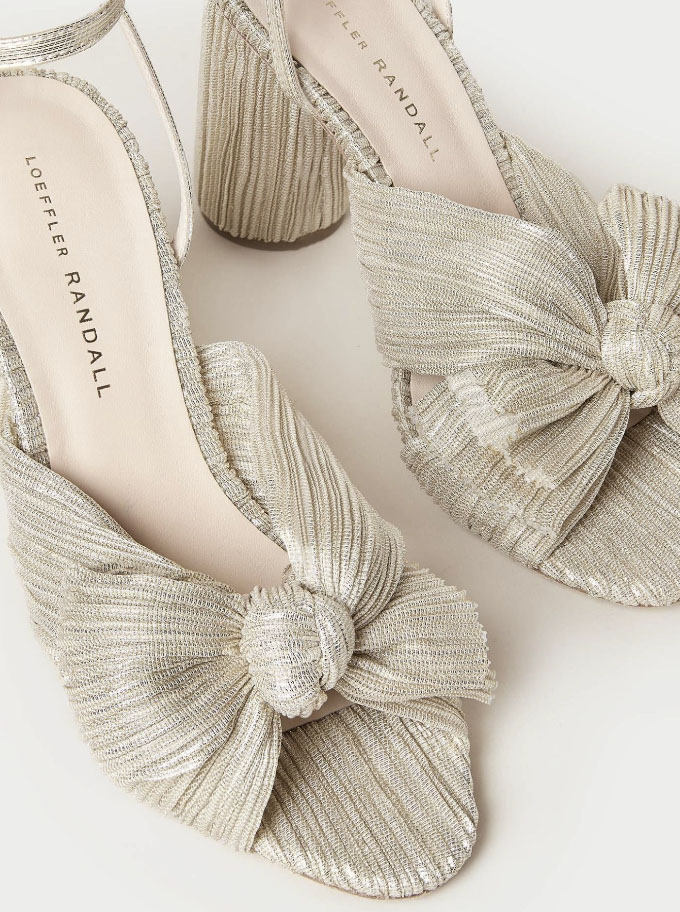So earlier this year I had the great privilege of travelling to Cuba for a workshop and whilst there met and hung out with the superbly talented and charismatic photographer and owner of The FIND lab, JONATHAN CANLAS. A fountain of knowledge when it comes to all things film, I was in awe watching him at work, the way he interacted with strangers on the street and within minutes had them feeling relaxed and comfortable in front of the camera in order to capture such beautifully emotive images. It’s such an honour today to feature some of his Cuban street photography from our time there and he lends his thoughts to the piece… take it away Jon!
“It has always been a dream of mine to go to Cuba. I think the images that stick out in my mind were of Steve McCurry’s shots of Cuba all shot on Kodachrome with its super saturated colours and rich blacks. That was the look I wanted. I did not want light and airy, pastel, or what seems to be the newest trend in film photography. I also knew going to Cuba, I did not want to be just another person who shows up and just takes. Meaning, I show up, take a slew of “pretty” photos and then go home. I also am not a fan of the conventional pretty. I wanted something real but I knew the situation there, meaning most people live off of $12 a month and if I’m going to take “real” photos, I’m going to have a slew of problems. First, I don’t speak Spanish so there is that barrier, and if for some reason I am able to communicate, there will probably be money exchanged (me giving the money to take their photo), and then that “real” moment is out the window as it is now more of a circus; I pay, they perform. I needed access, and to get access, I needed trust, and to gain trust I had to be able to communicate. So going into this, I had everything going against me. With this dilemma in mind, I decided between 2 cameras. The Pentax 67ii which is a huge beast of a camera, that like most cameras, you put to your face to take a photograph. The other camera I used was a Rolleiflex 2.8F from 1964 which is a camera you look down into. And even in Cuba in 2016, though everything else says they are stuck in a time that would understand this camera, when I looked down into the viewfinder I could do so rather stealthily and get more real candid moments vs the guard that immediately goes up when a huge camera is brought to someone’s face pointed at you. I did arm myself with a slew of what felt like monopoly money. There are 2 types of currency in Cuba. Pesos which actually mean something, and then CUP (cuban pesos). I learned real quick which ones would allow me to get the photos I was attempting.“

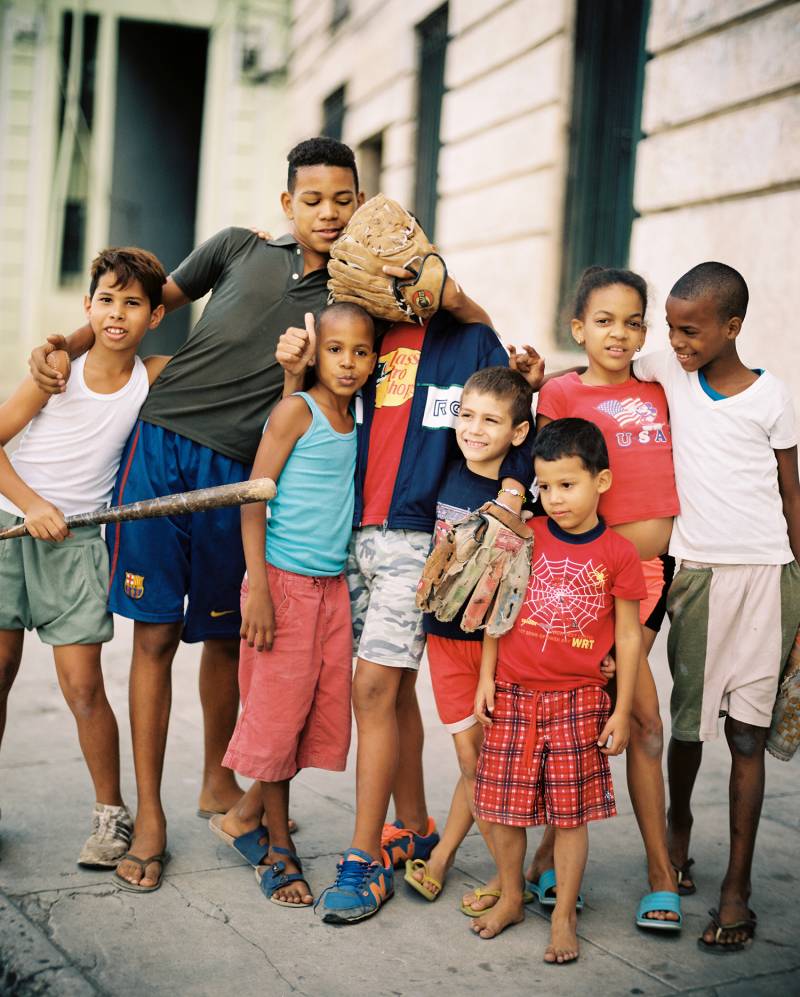

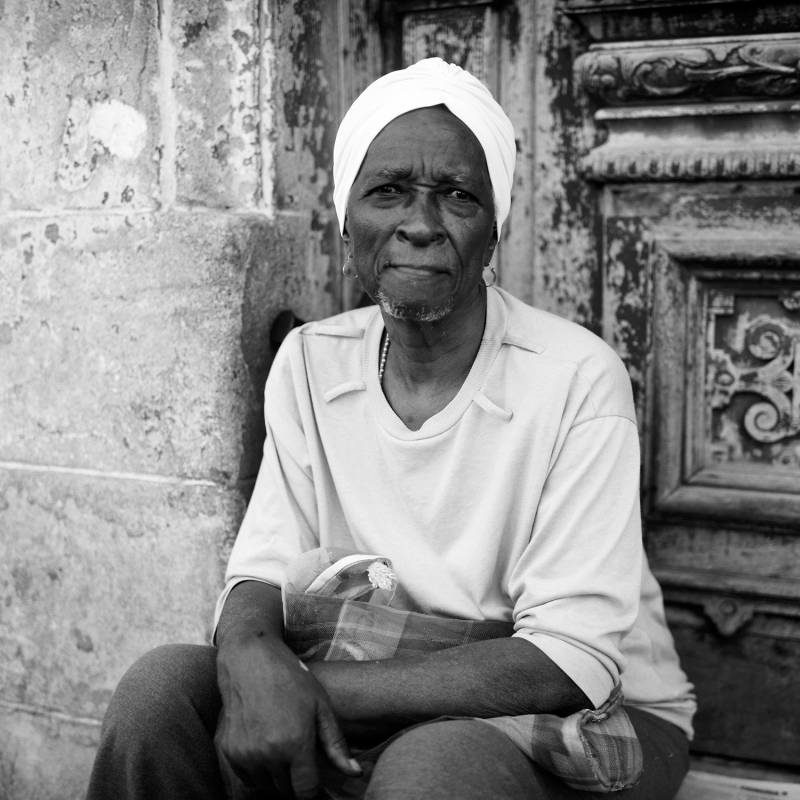
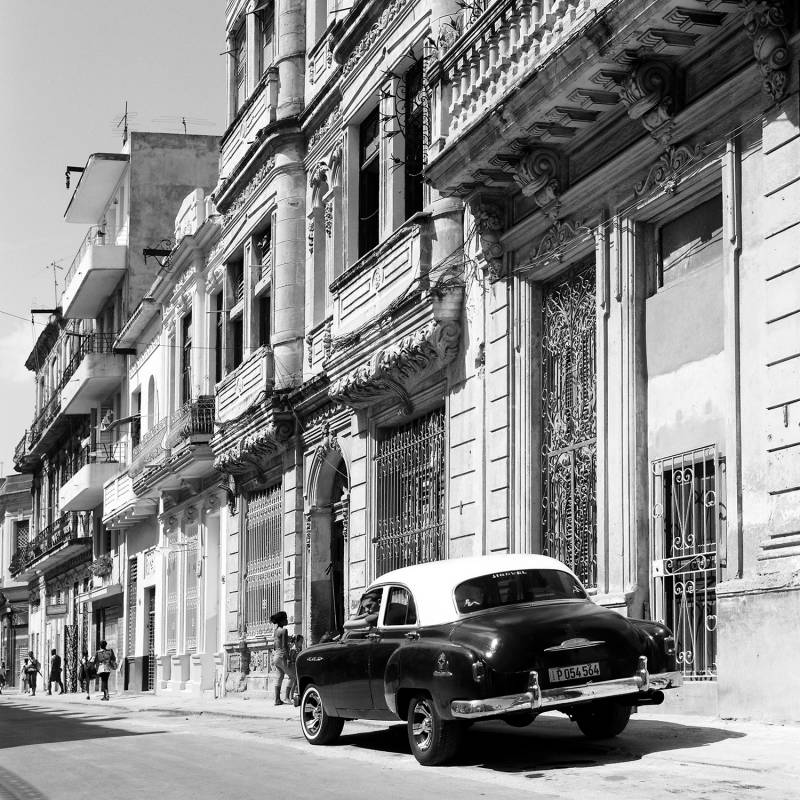
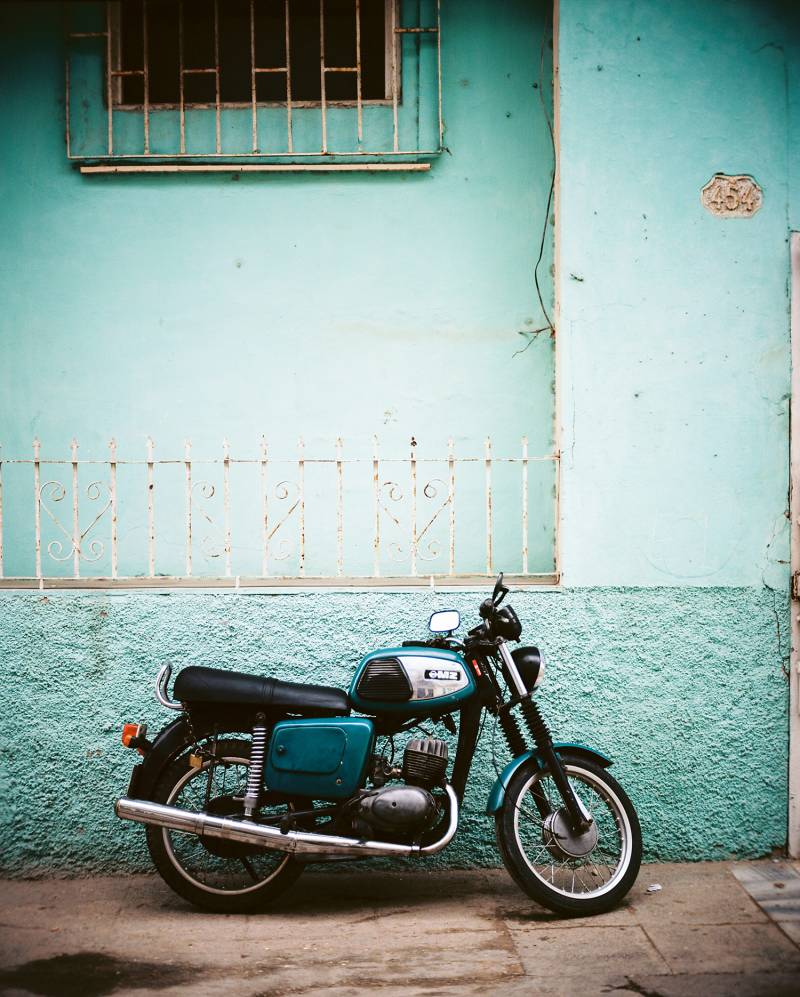
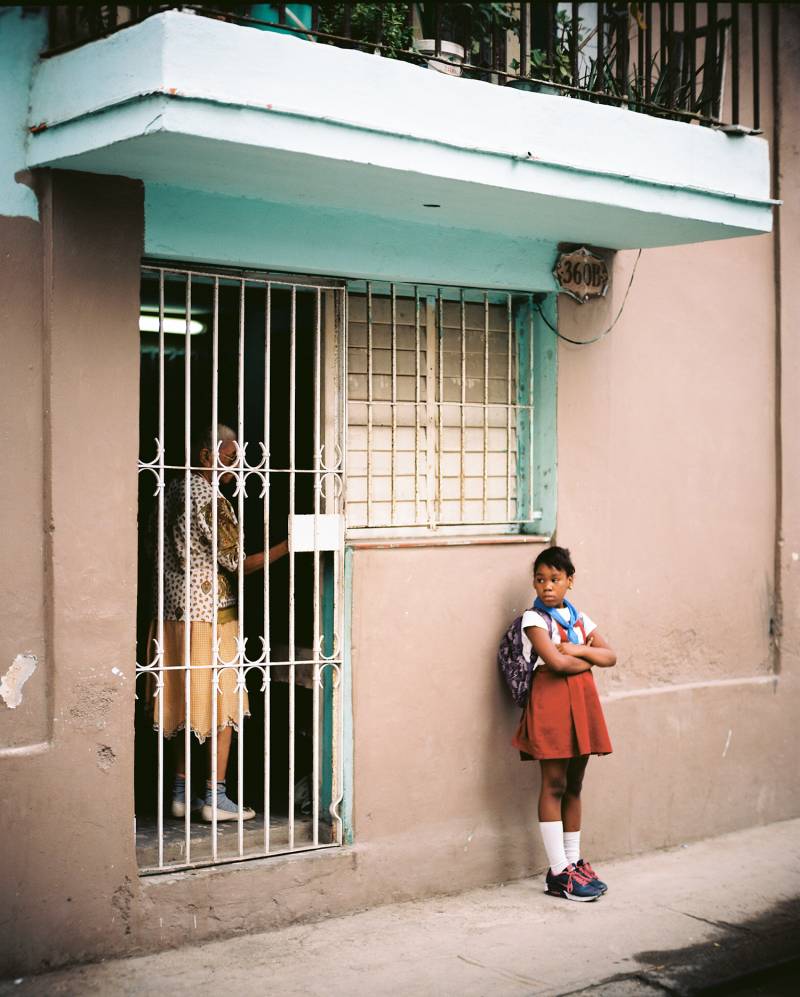
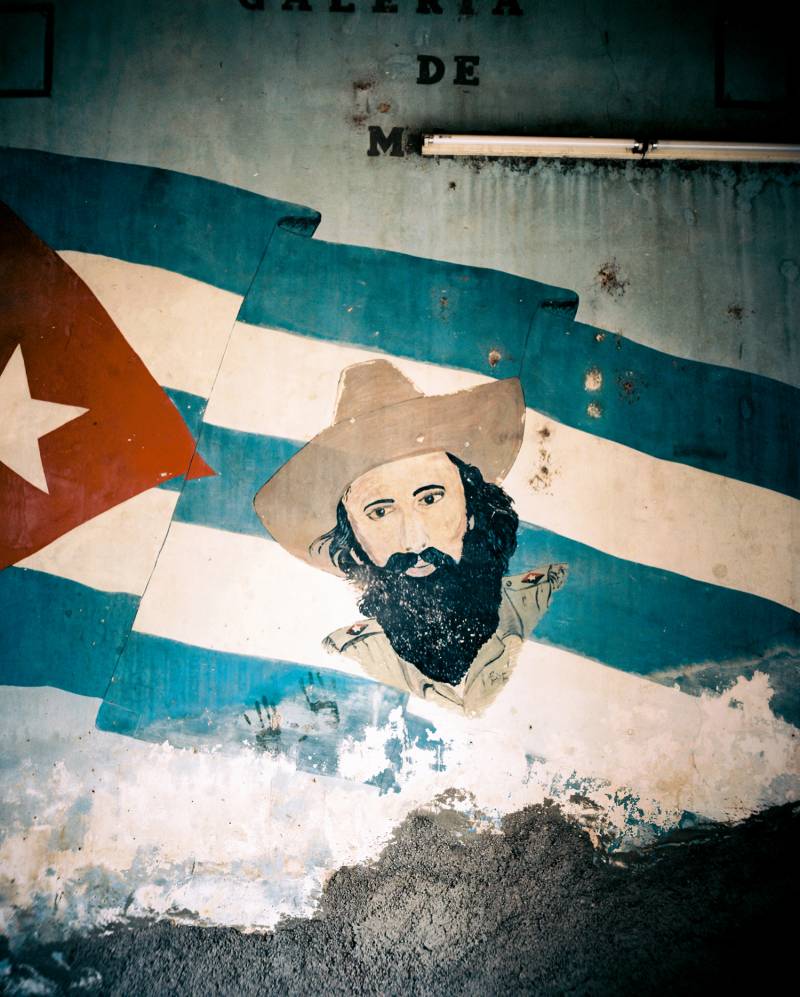
“We had a couple very real and interesting situations happen while shooting on the streets.
The one that sticks out the most that I’ll never forget was this portrait of Jose below. We were walking in a large groups and I was trying to lead the street photography session of this day, but it was a bit hard with a bunch of foreigners with big fancy cameras walking down one street together. We came upon a group of guys who struck up a conversation with us. They all were asking where we were from : New Zealand, Canada, America, Panama, Norway, and then I told them I was from Hawaii, and then Jose, ran up to me and said “OBAMA!”, I was like, sure, I know him :). But he then went on in very feverish speech about how I needed to give him this hand written note that said “FREEDOM NOW”. He really believed that because I lived in Hawaii, and that is where Obama is from, that somehow, I’d see him and be able to relay said message. I still have that piece of paper in my wallet just in case the stars align. But it made something very clear to us. Life there is hard, they were being watched. They could be thrown in jail talking to foreigners, especially Americans, if they found out that they had been complaining or sharing their experience of how life really was. It was really eye opening to go to a grocery store with a line of people out the door all waiting to buy just one of the five things on the shelf. I wanted real photos, and I feel this was the realest that it could get.
Yes, Cuba is beautiful, but decaying all at once. The people are happy and sad all at once. There were so many dichotomies it made your head spin. But one thing you found out real quick was that the people of Cuba are resilient. They make things work. They find a way to succeed and even if it seemed they lived in the humblest of situations, they were all rich because they all had something money can’t buy, happiness and a sense of pride of being Cuban.“
